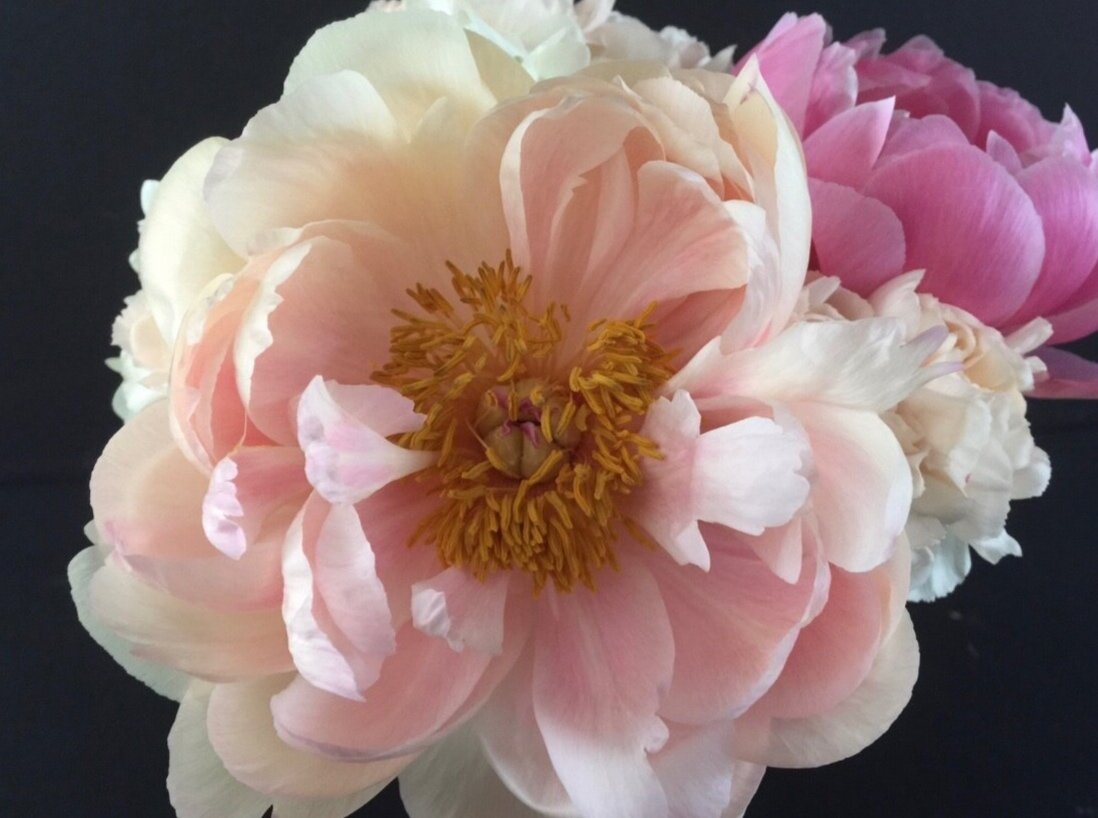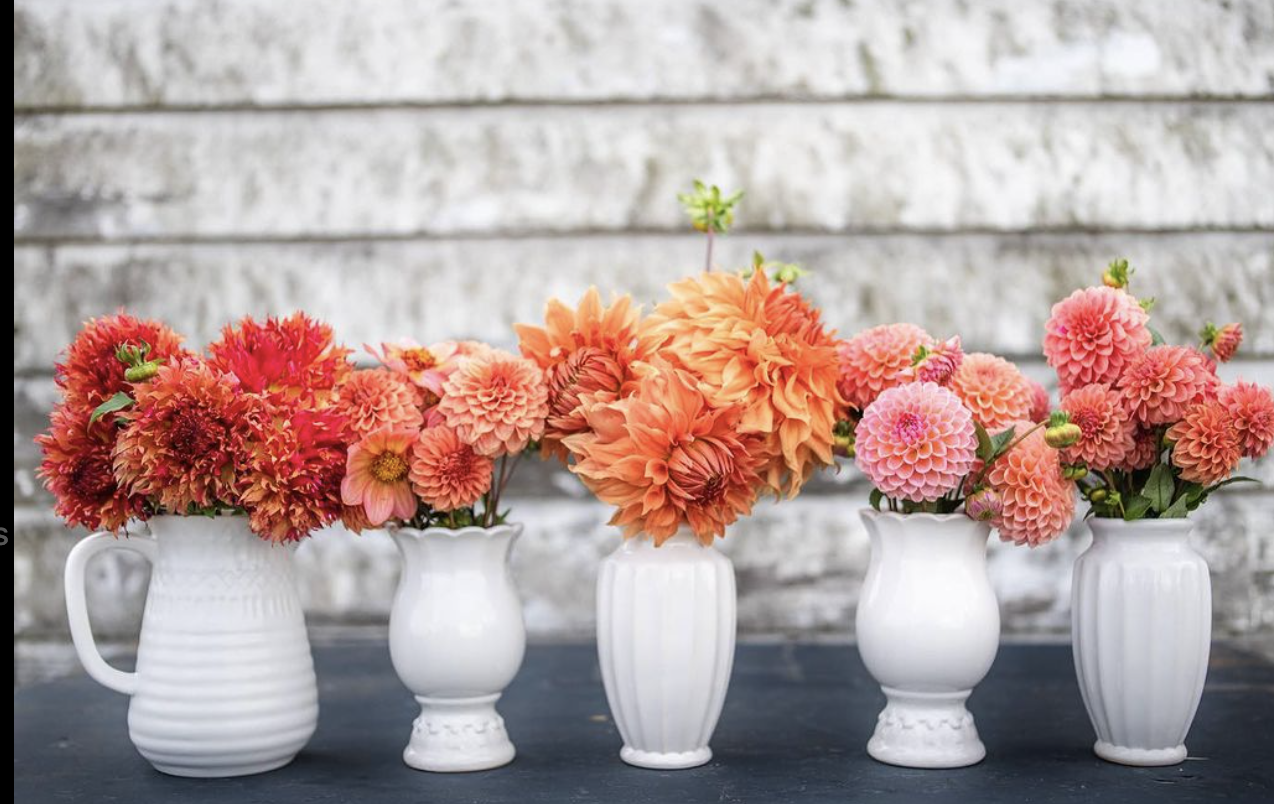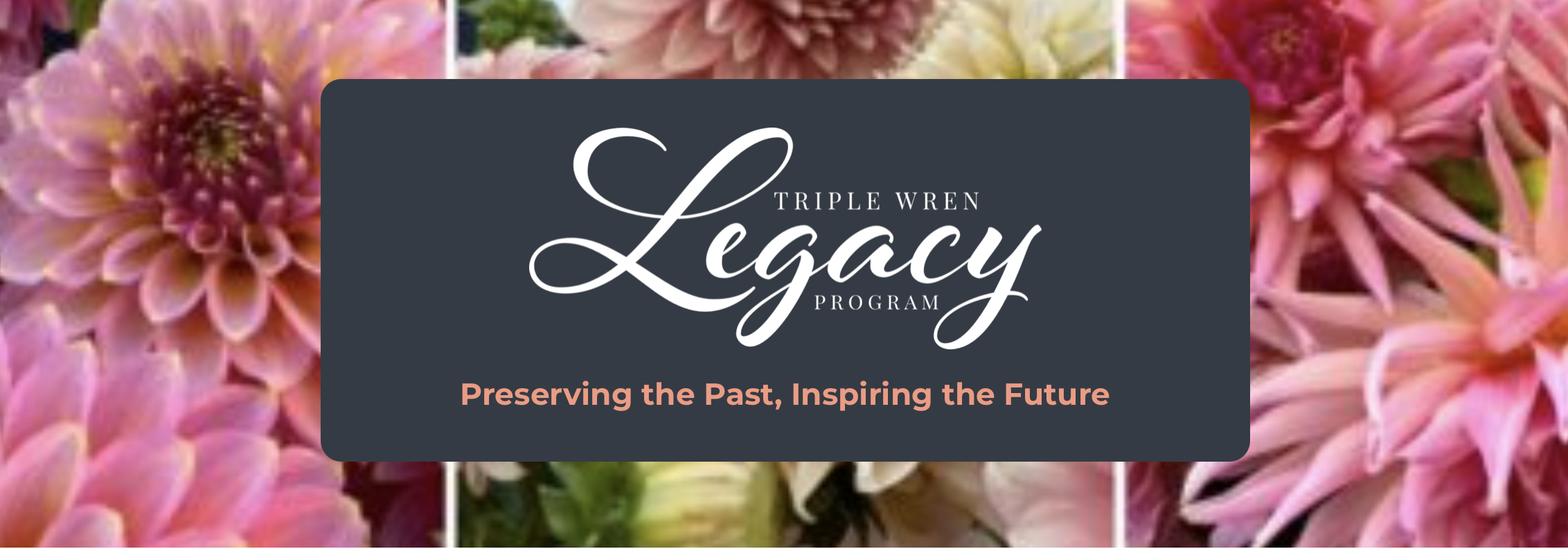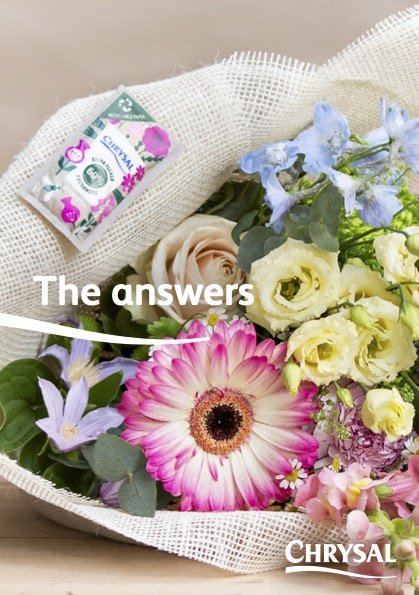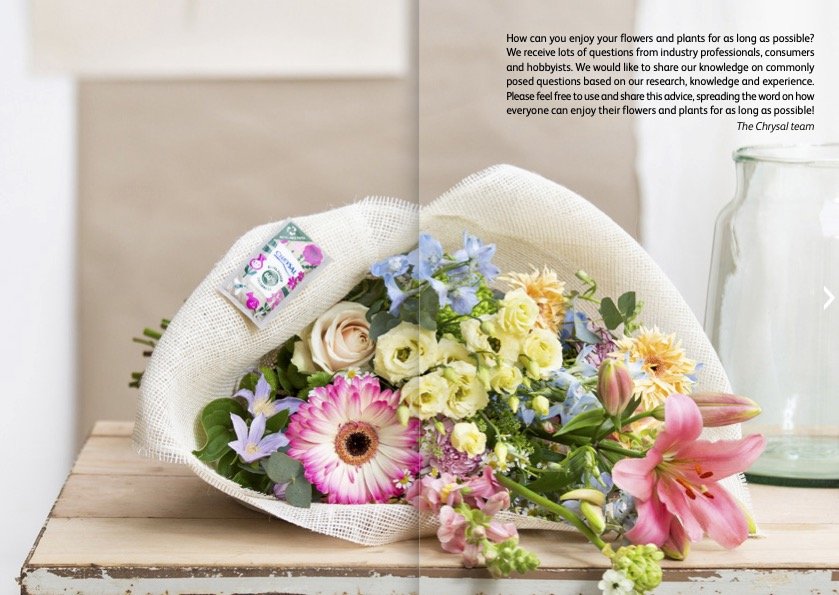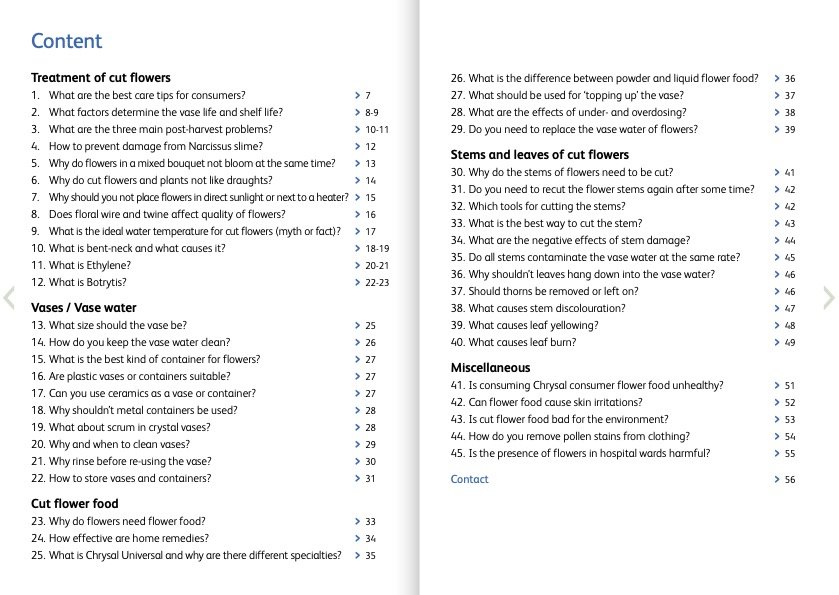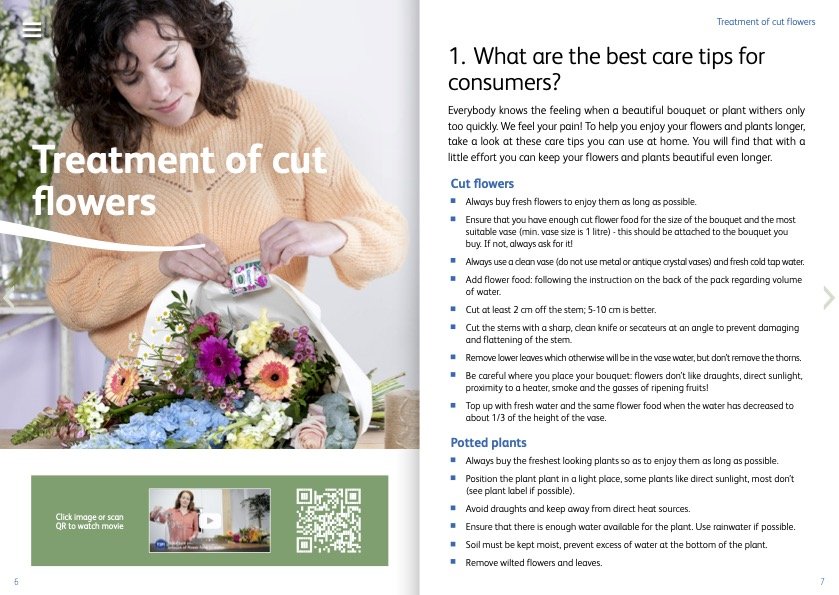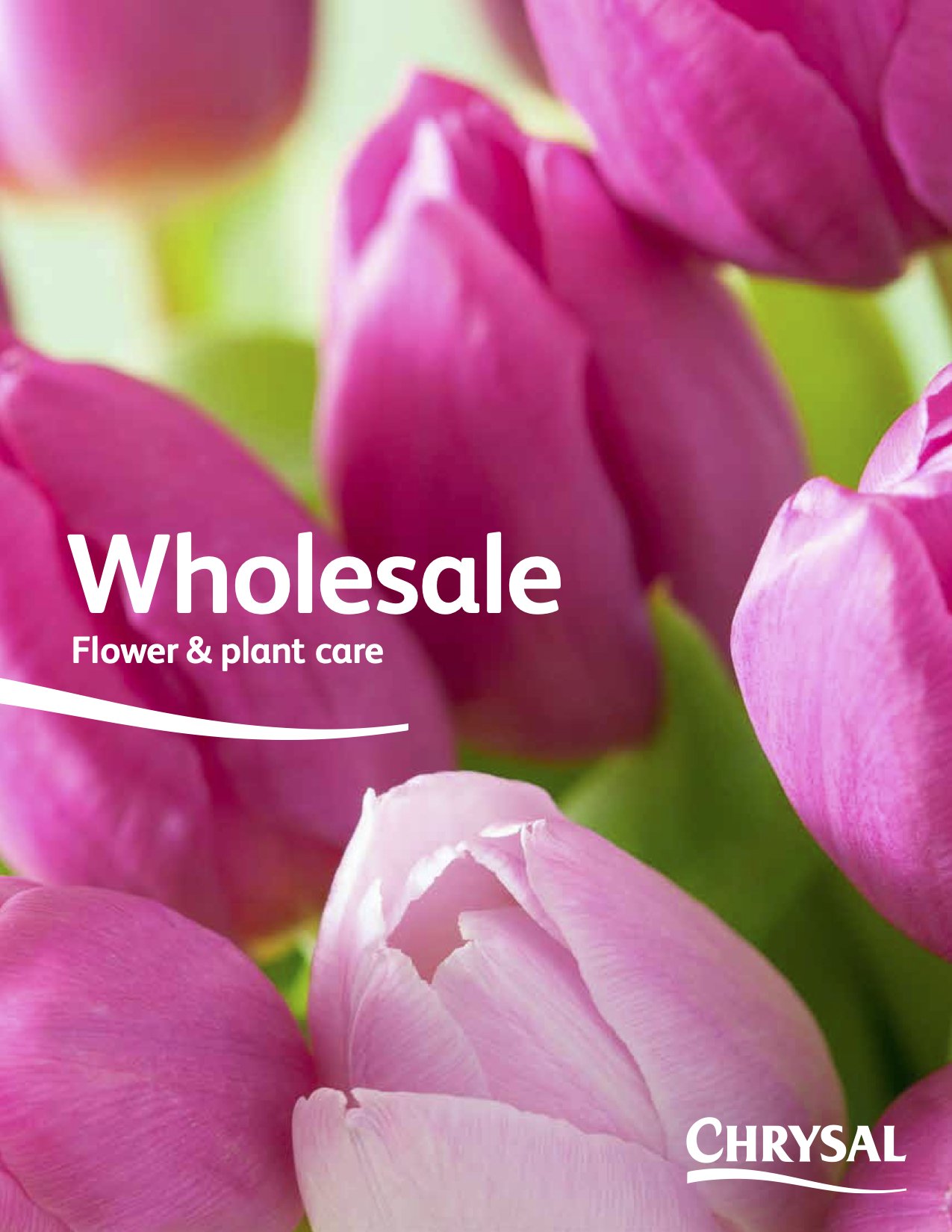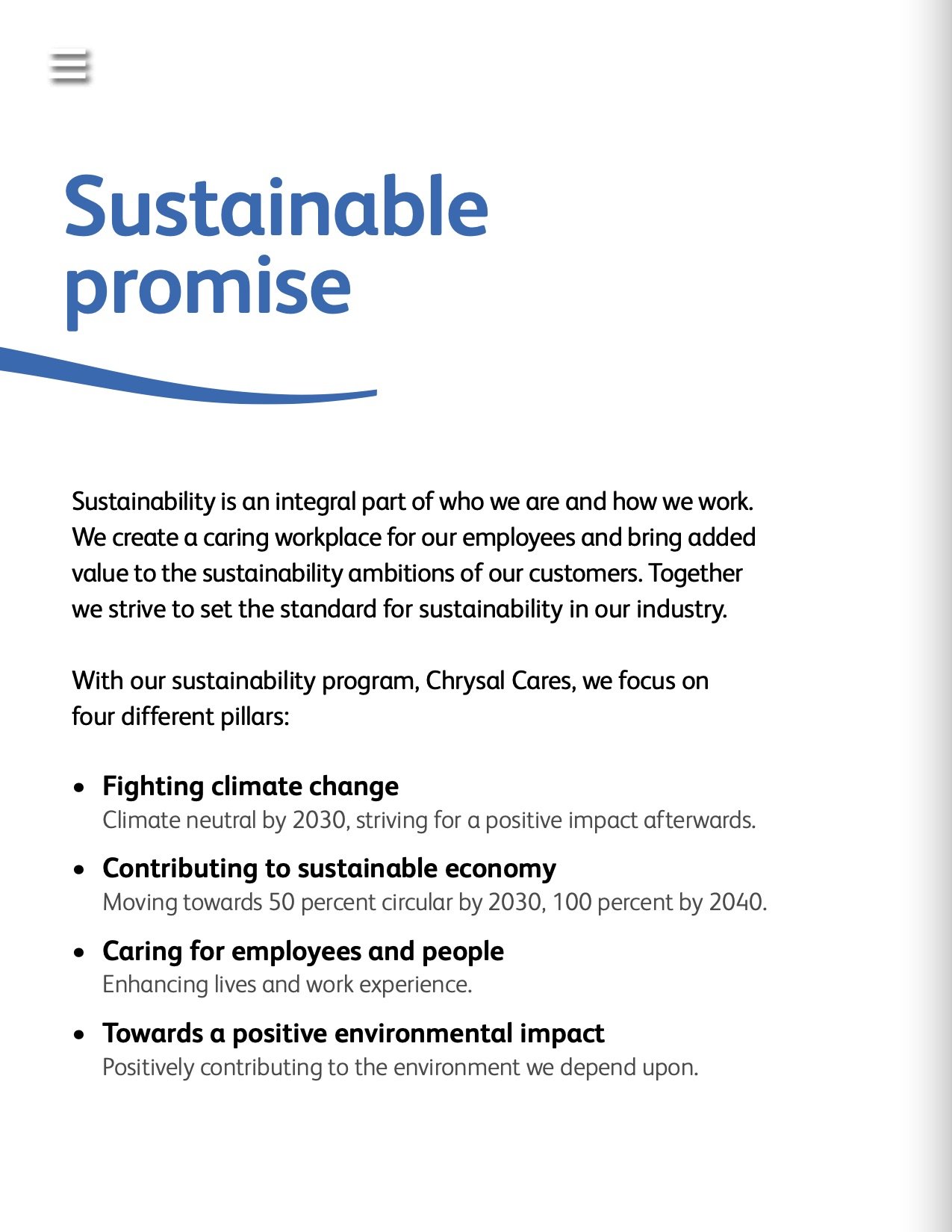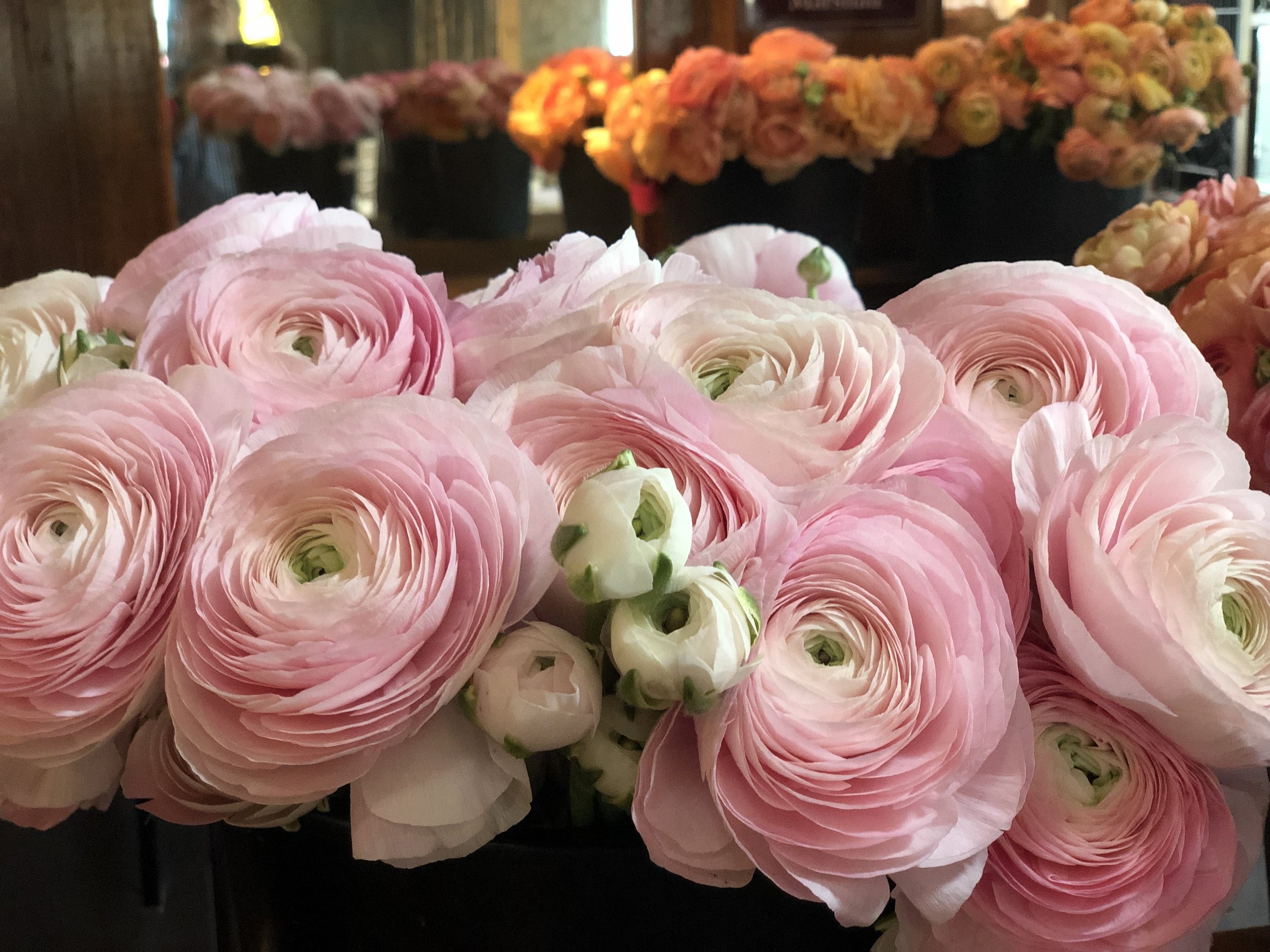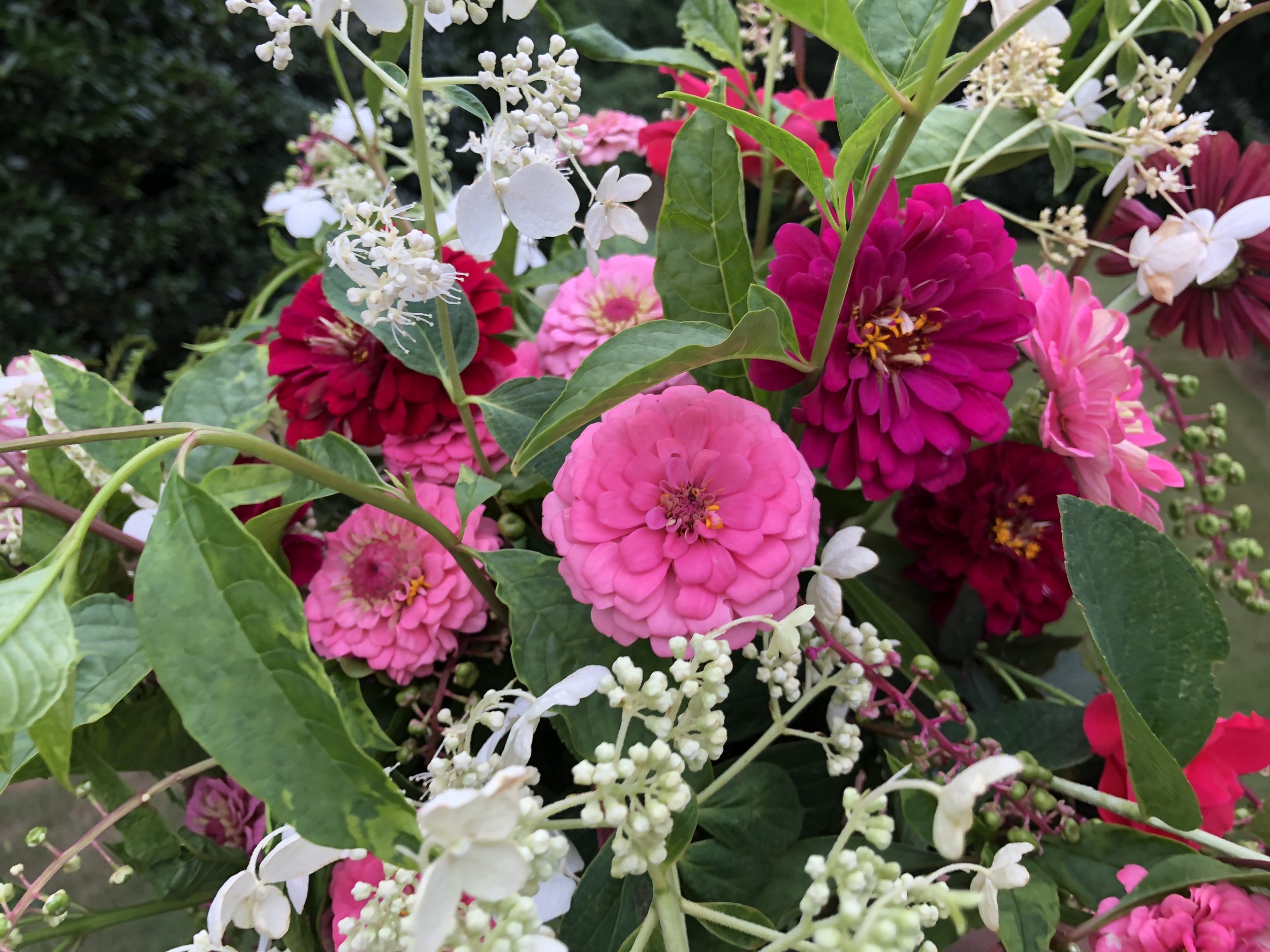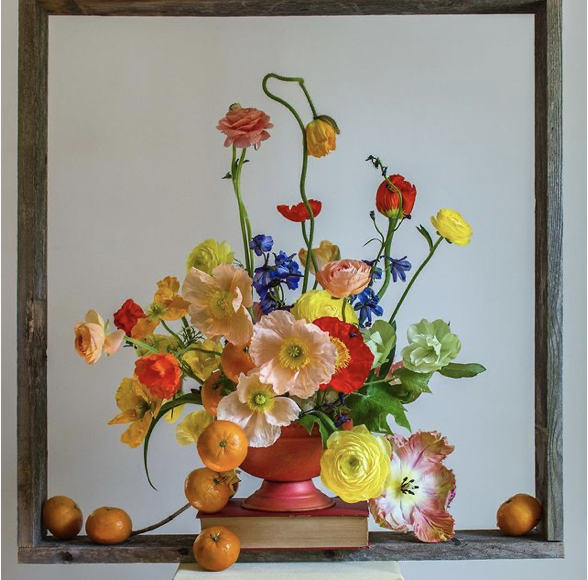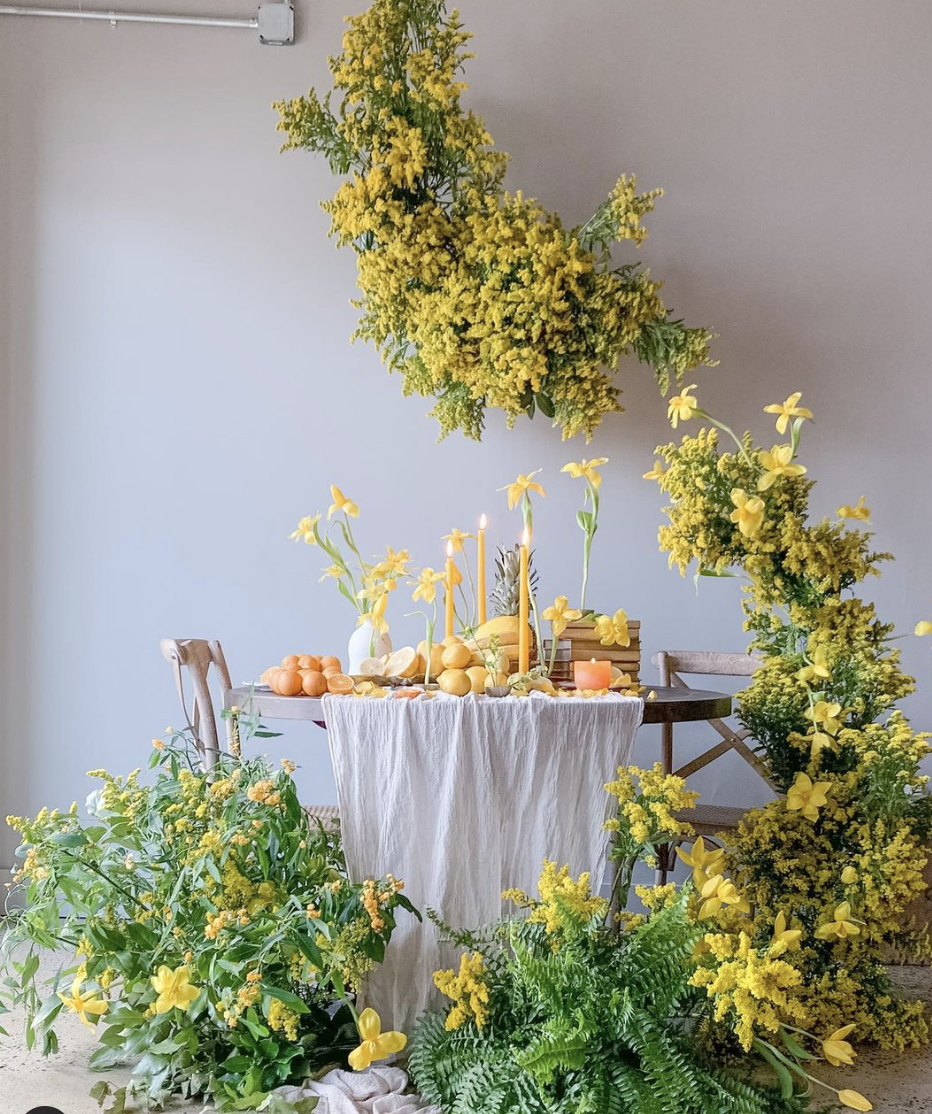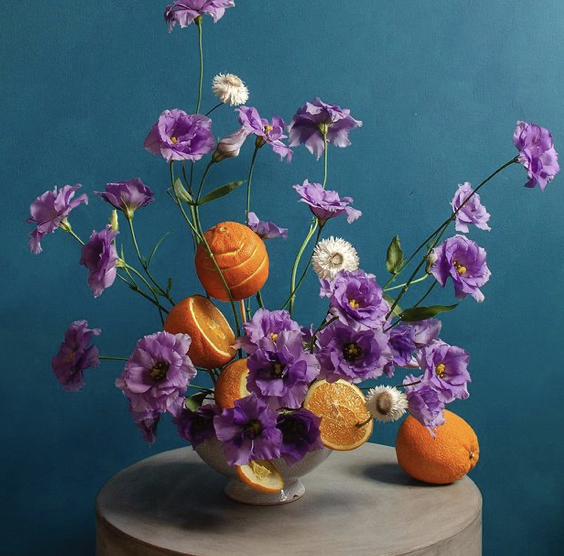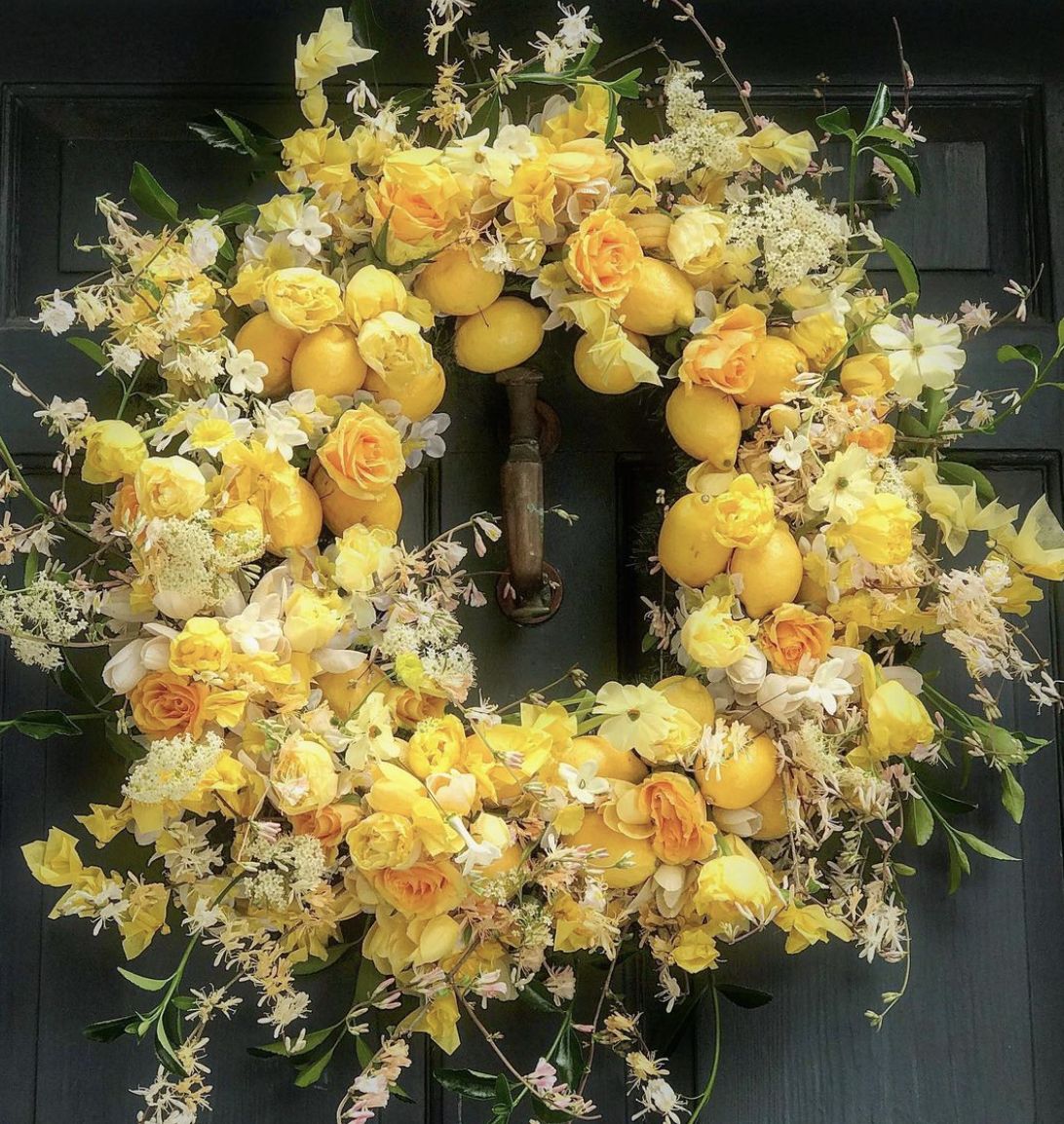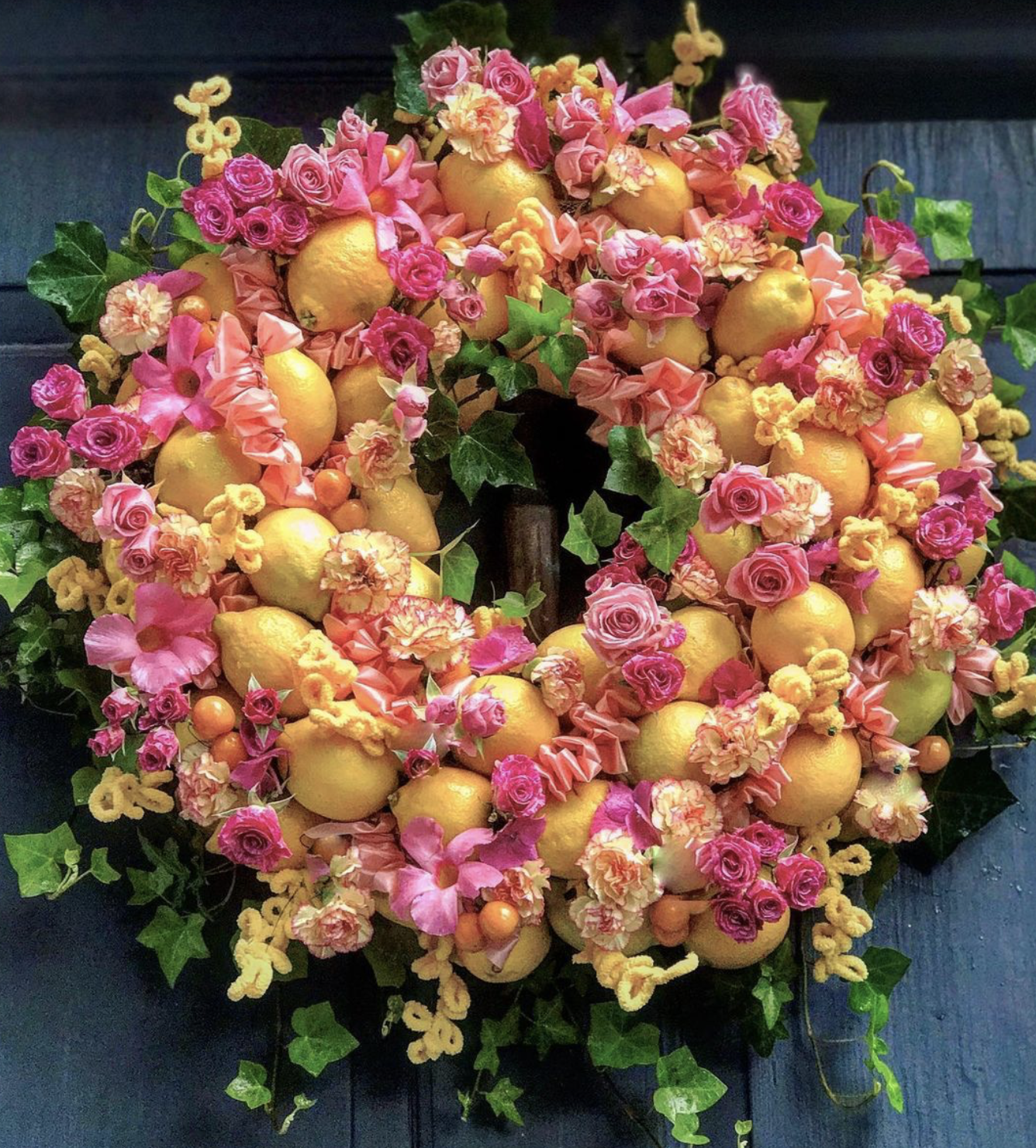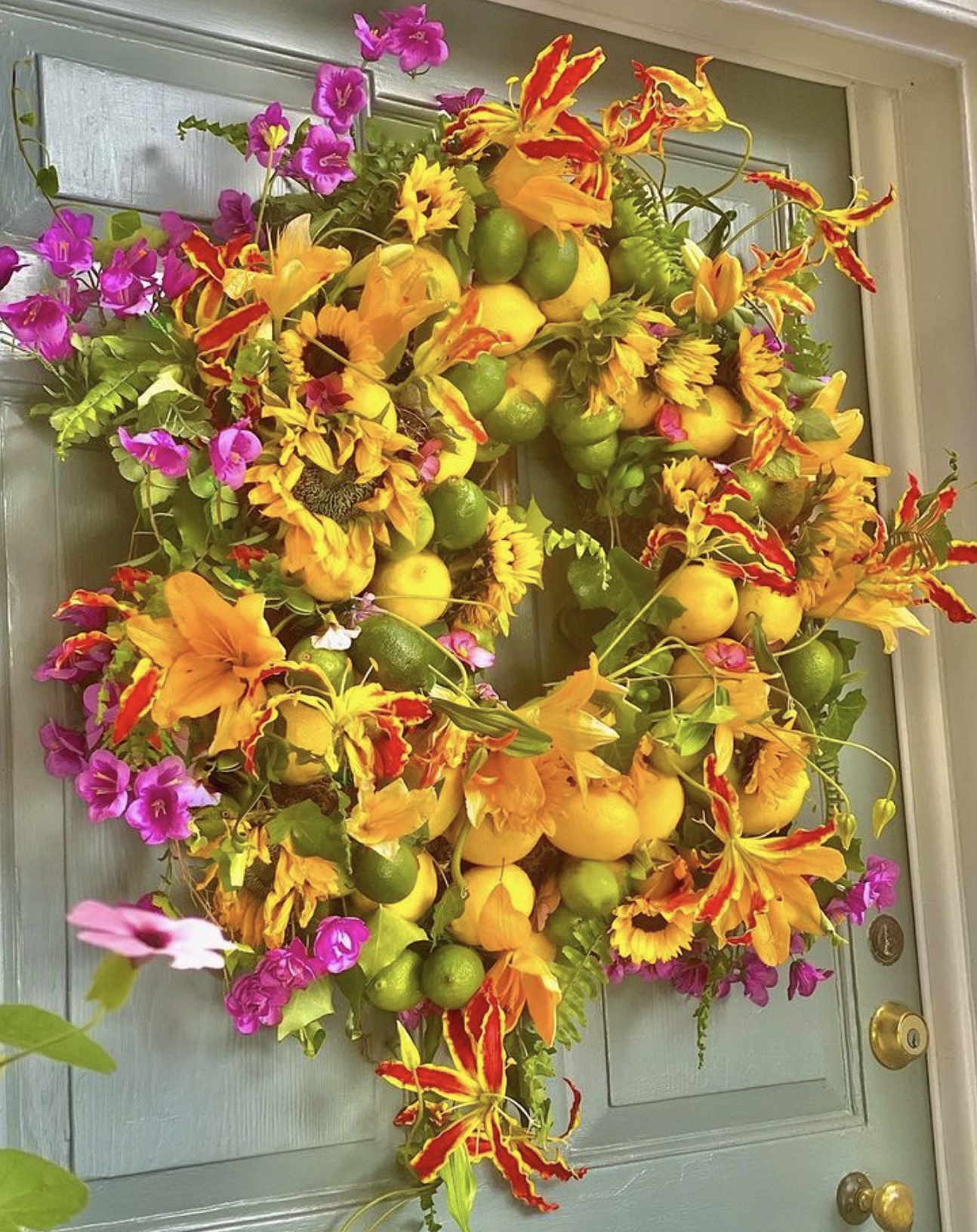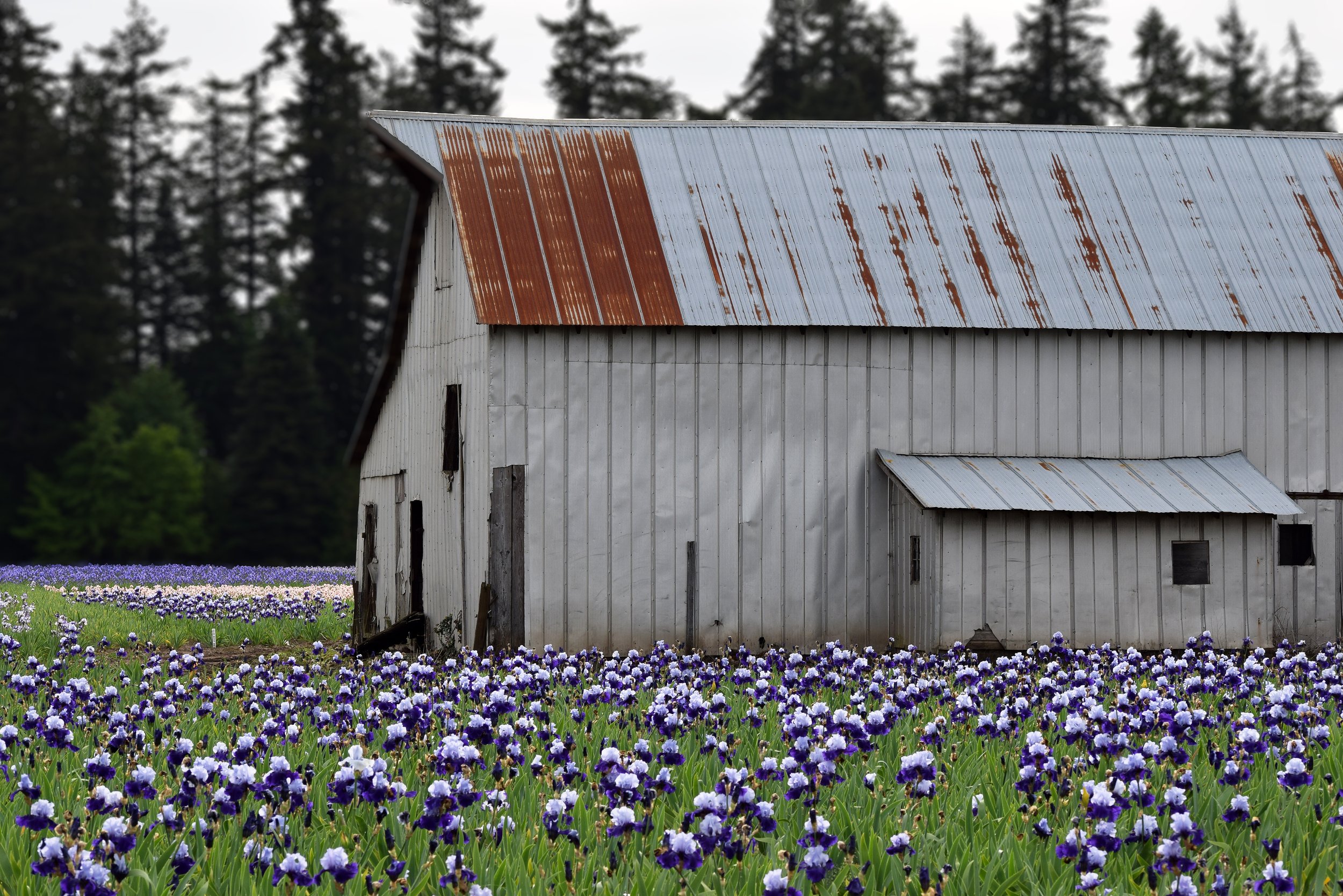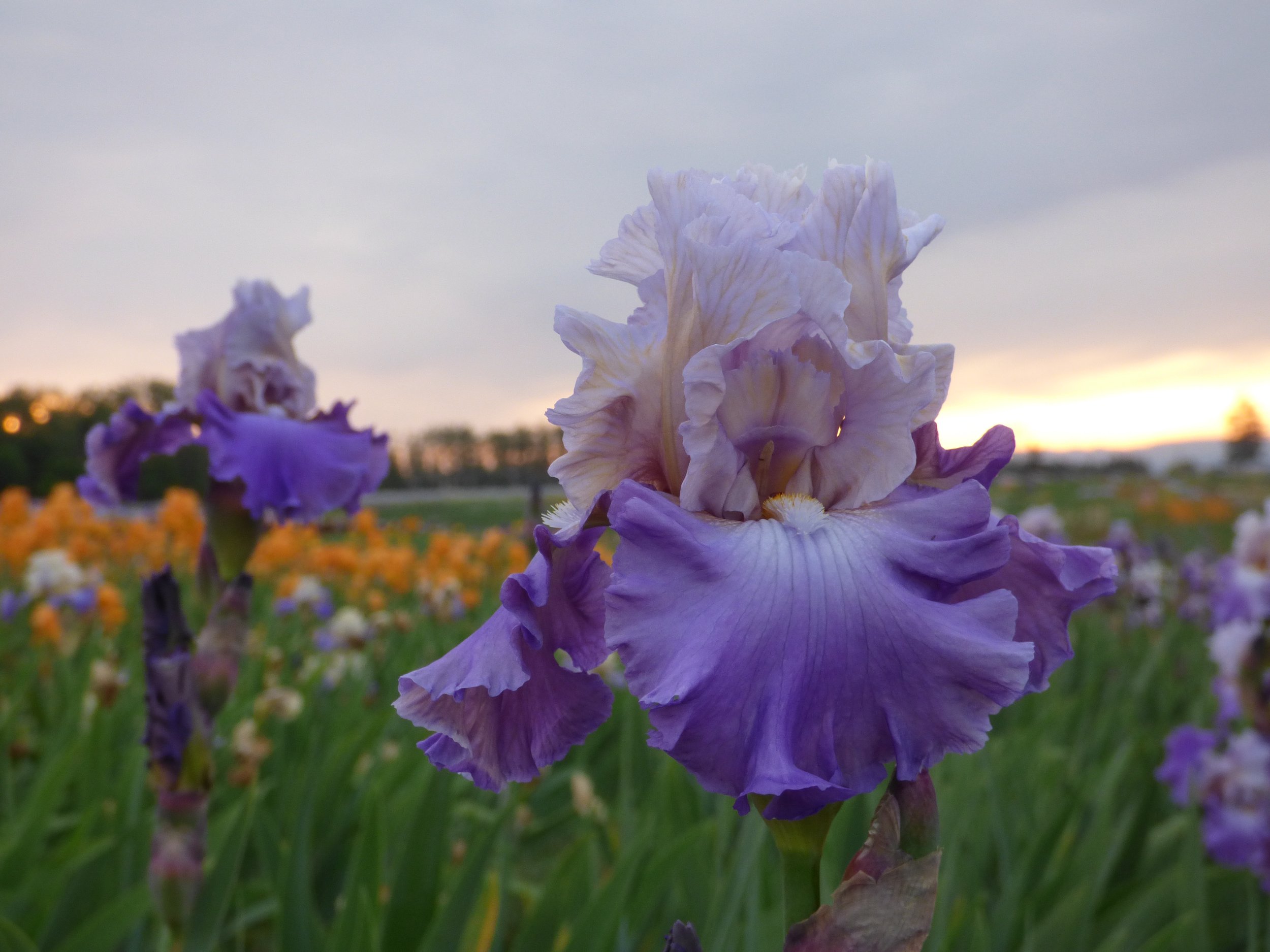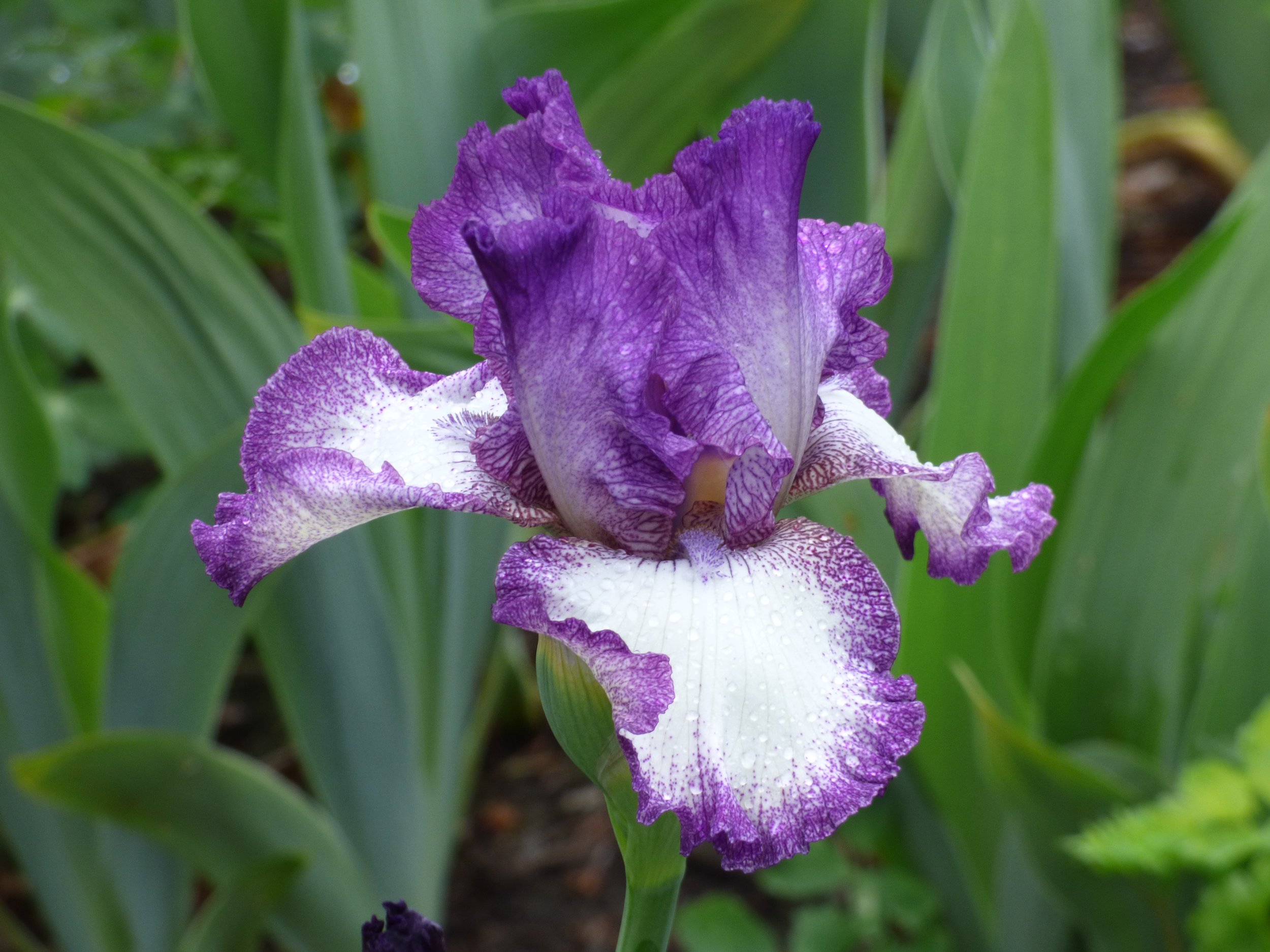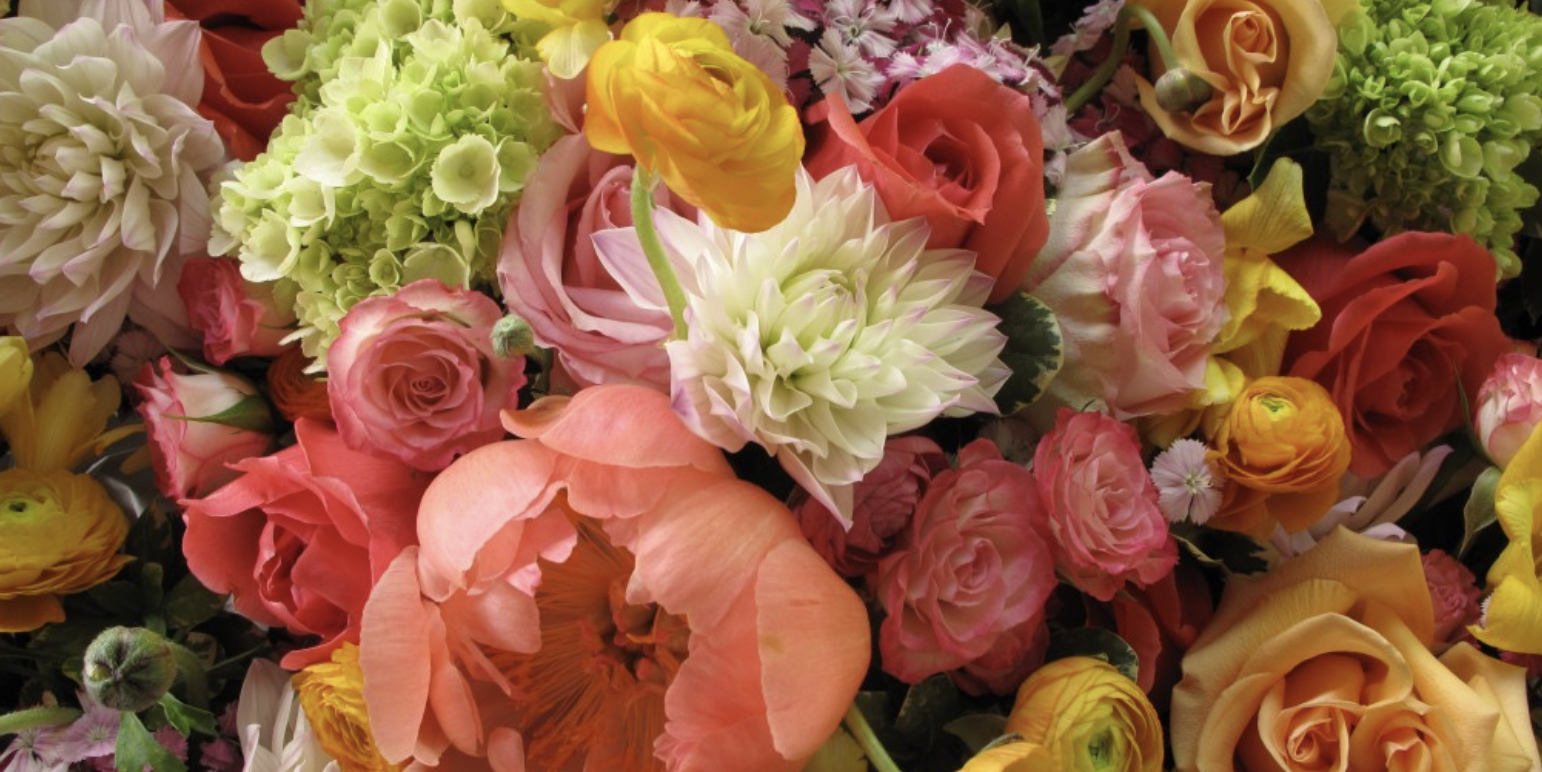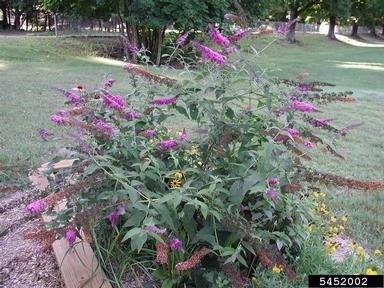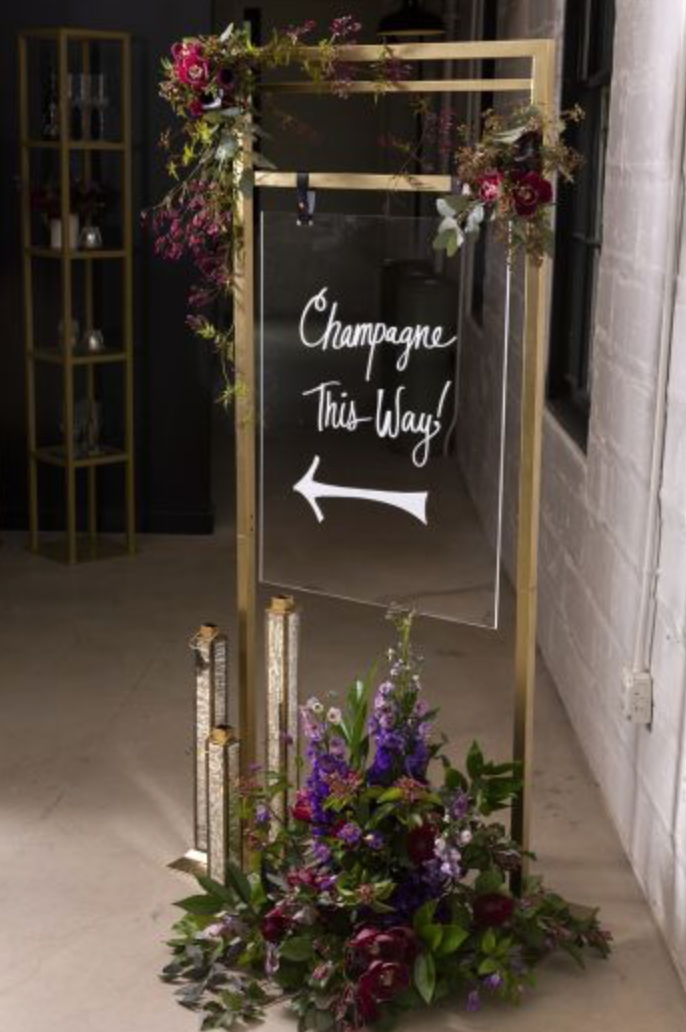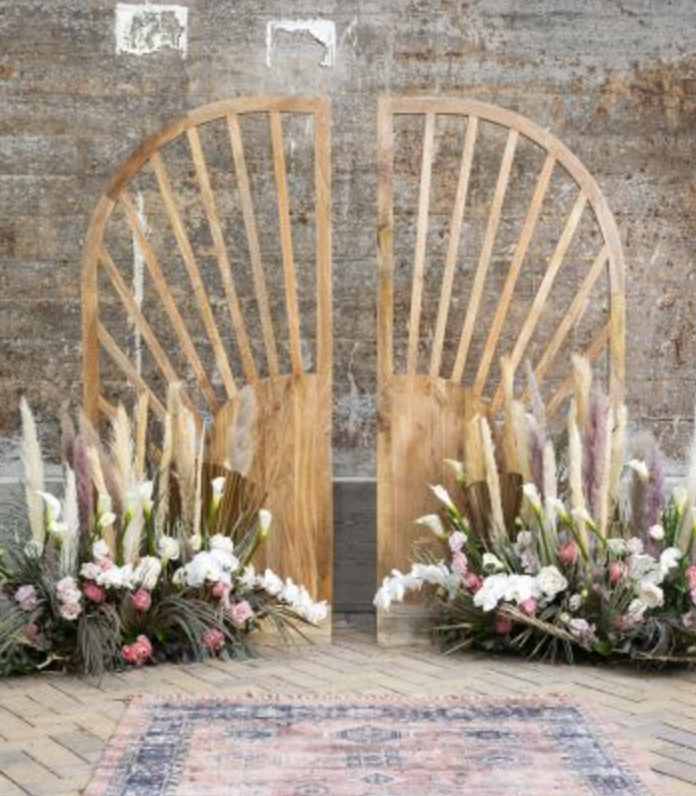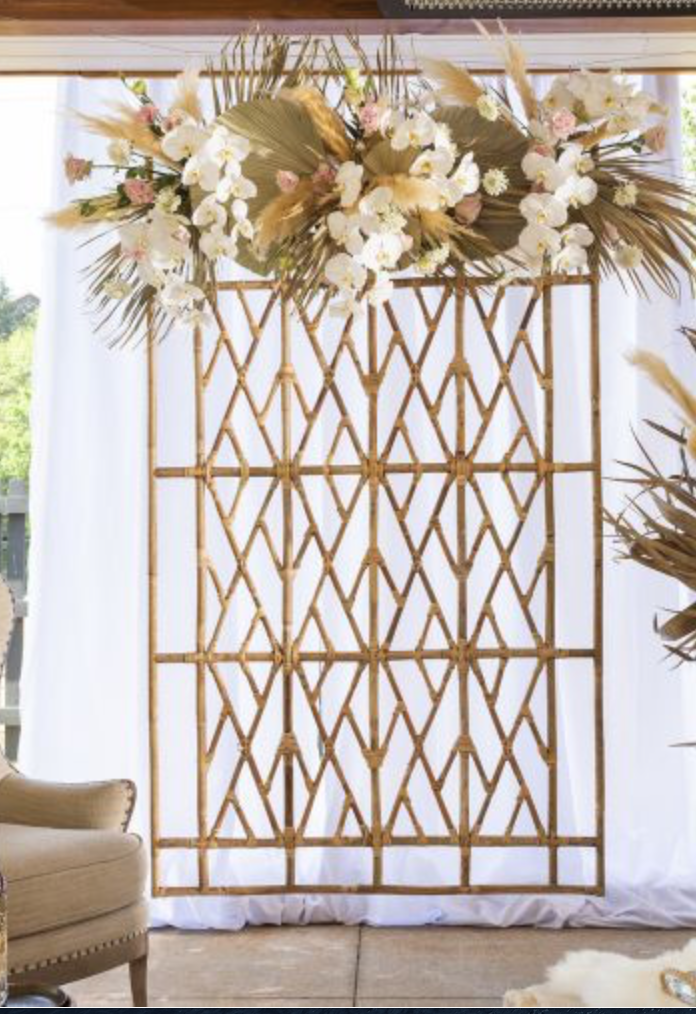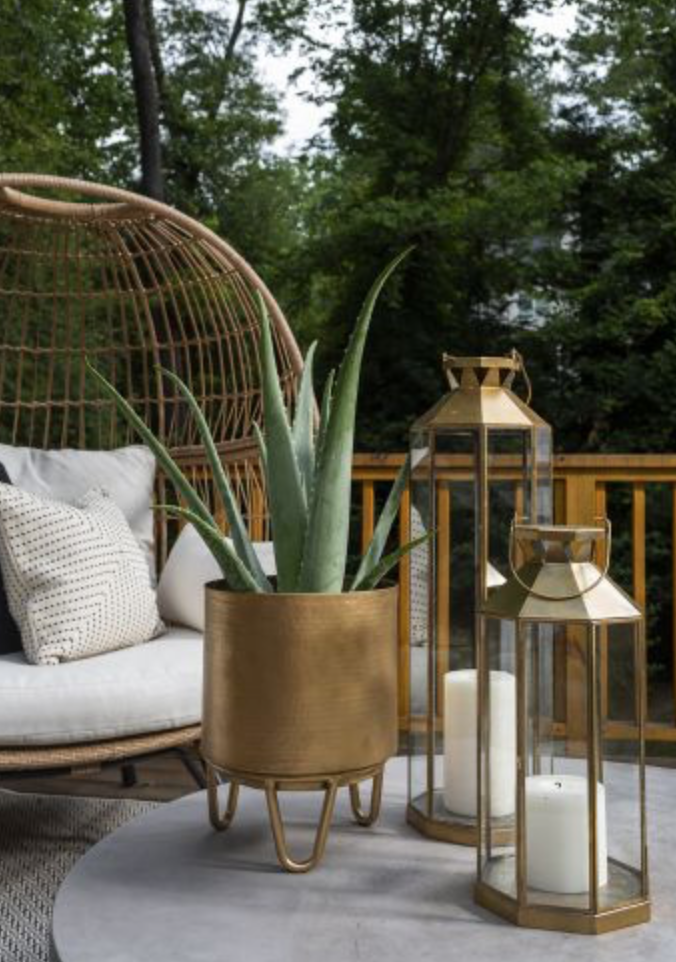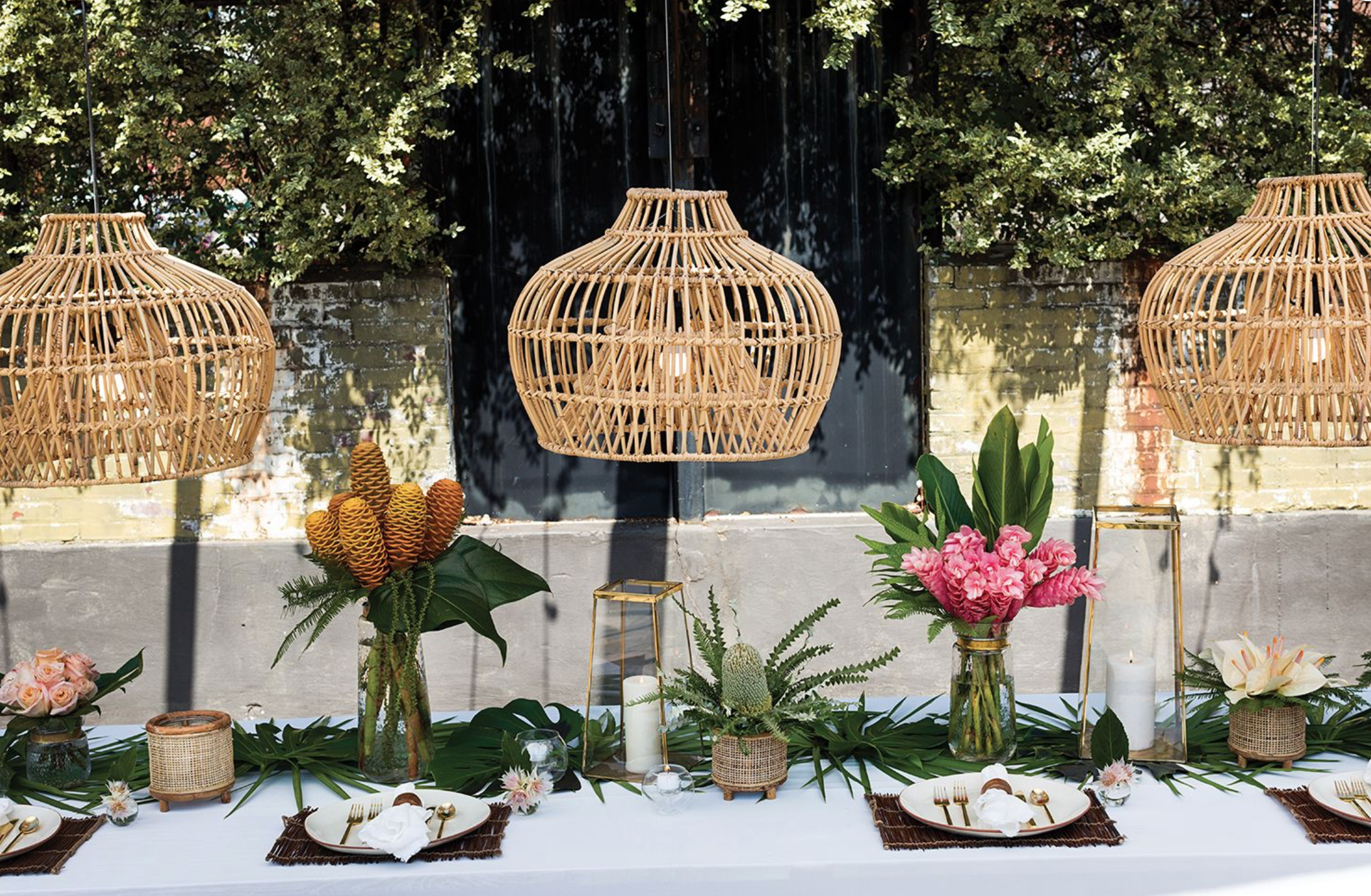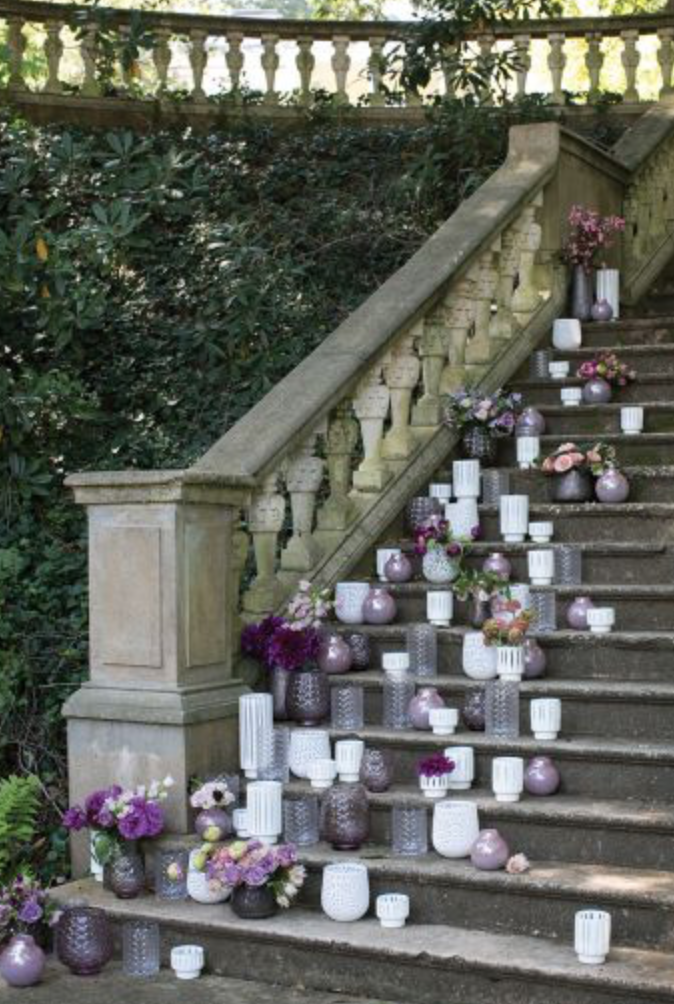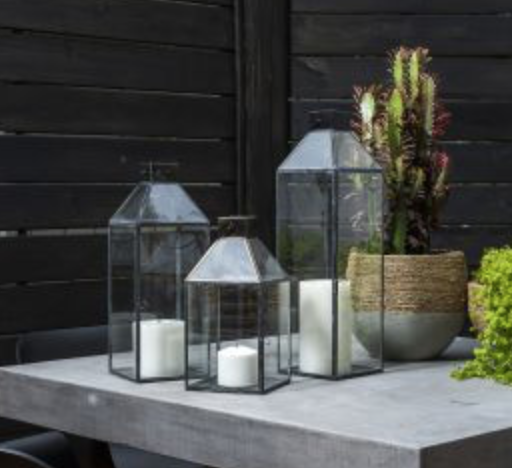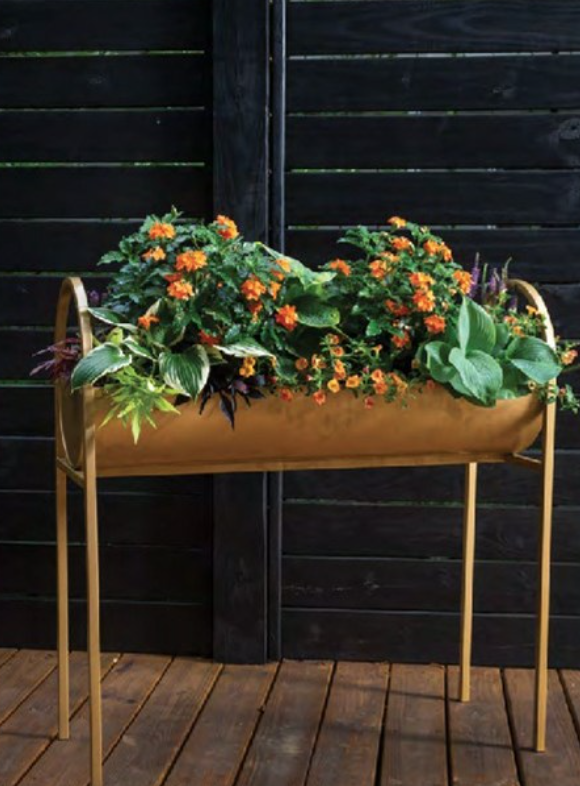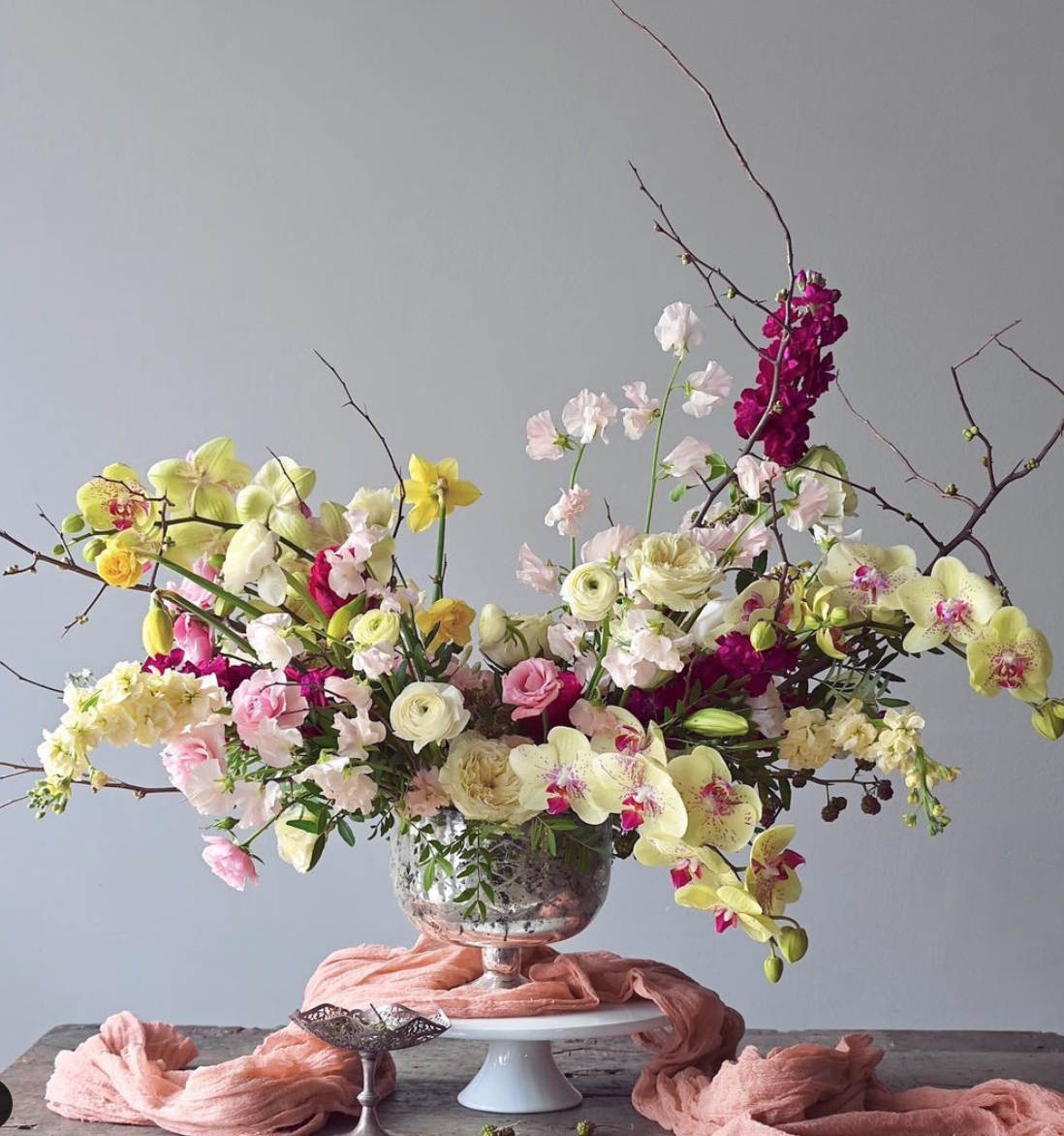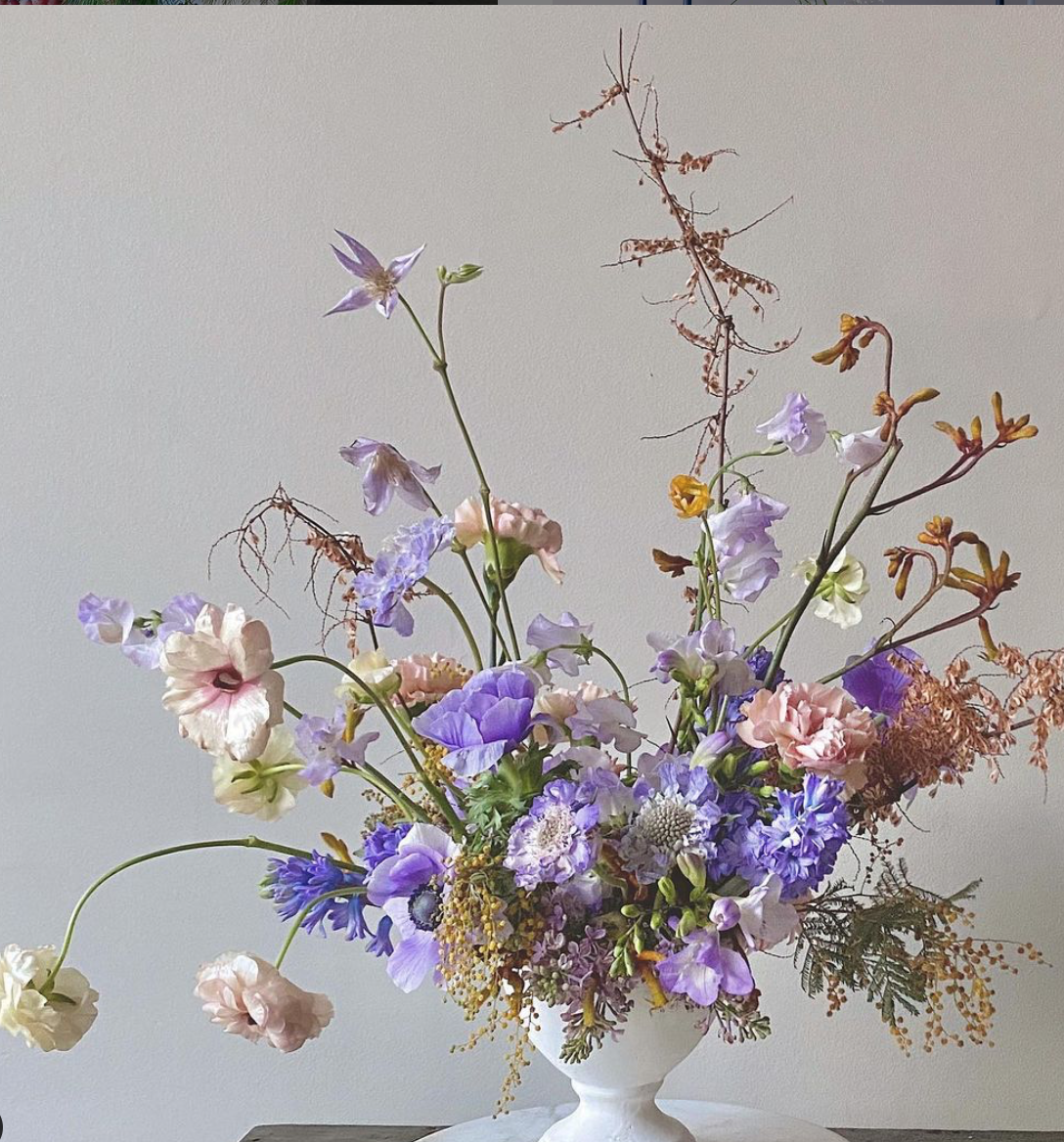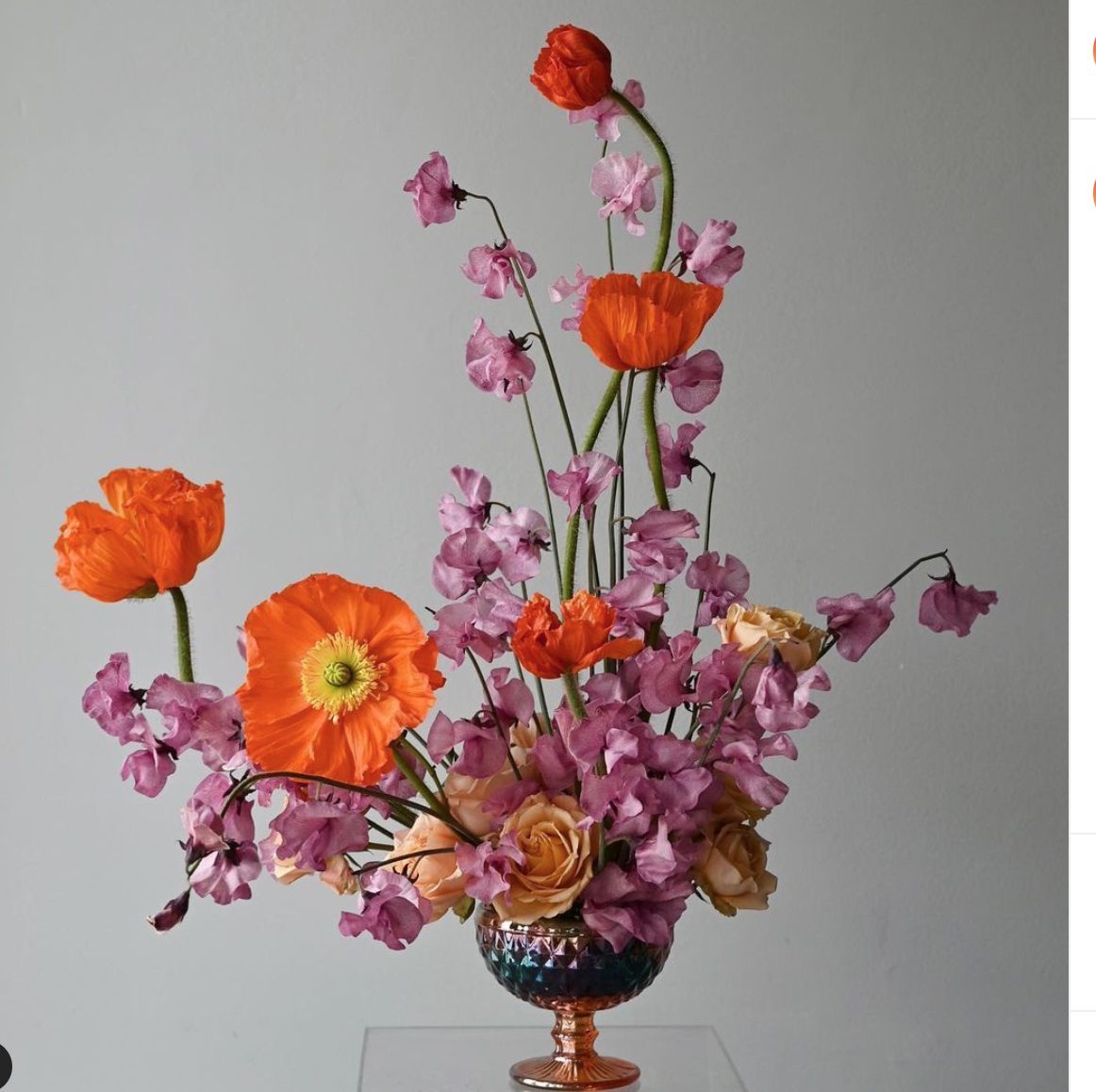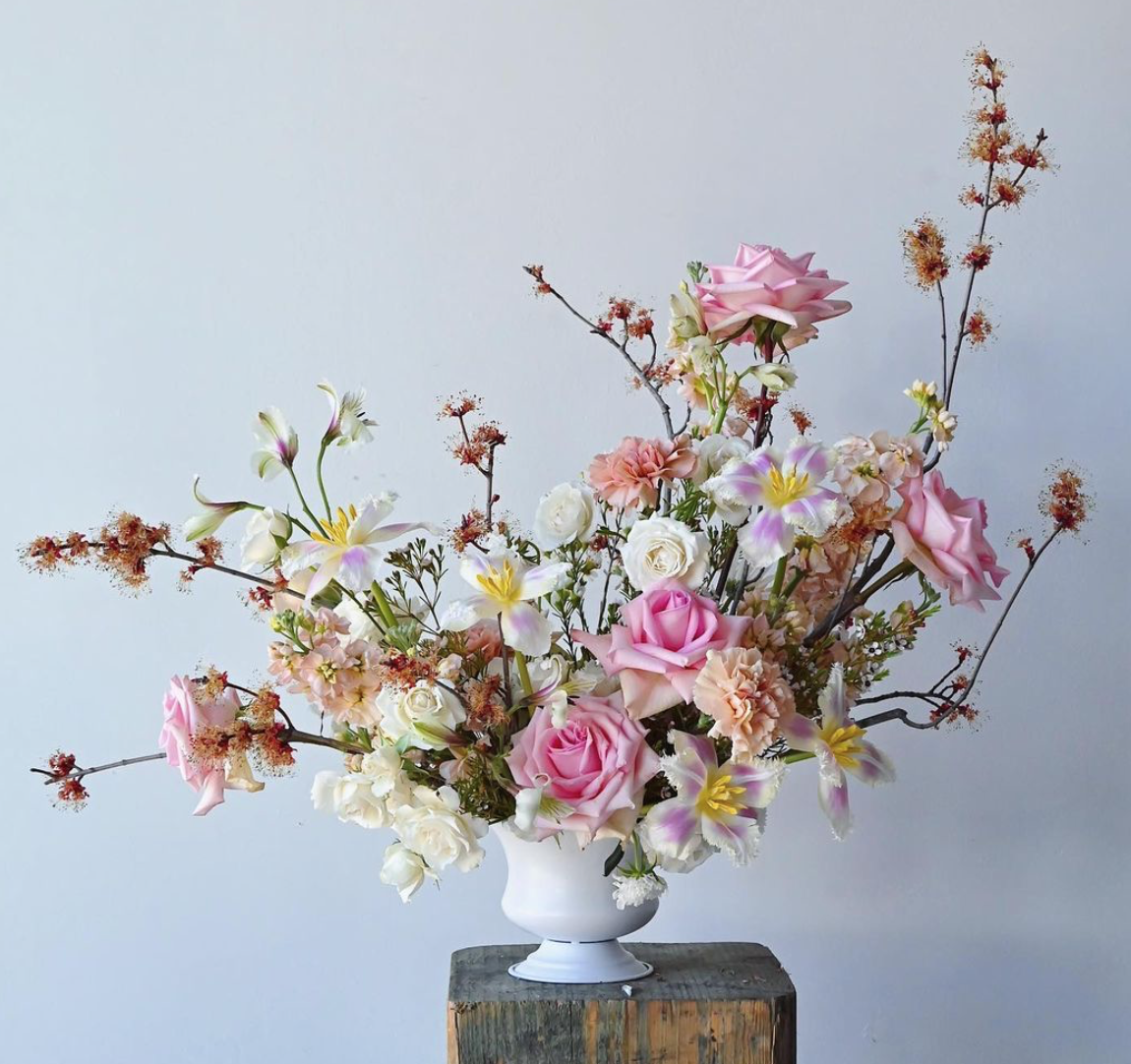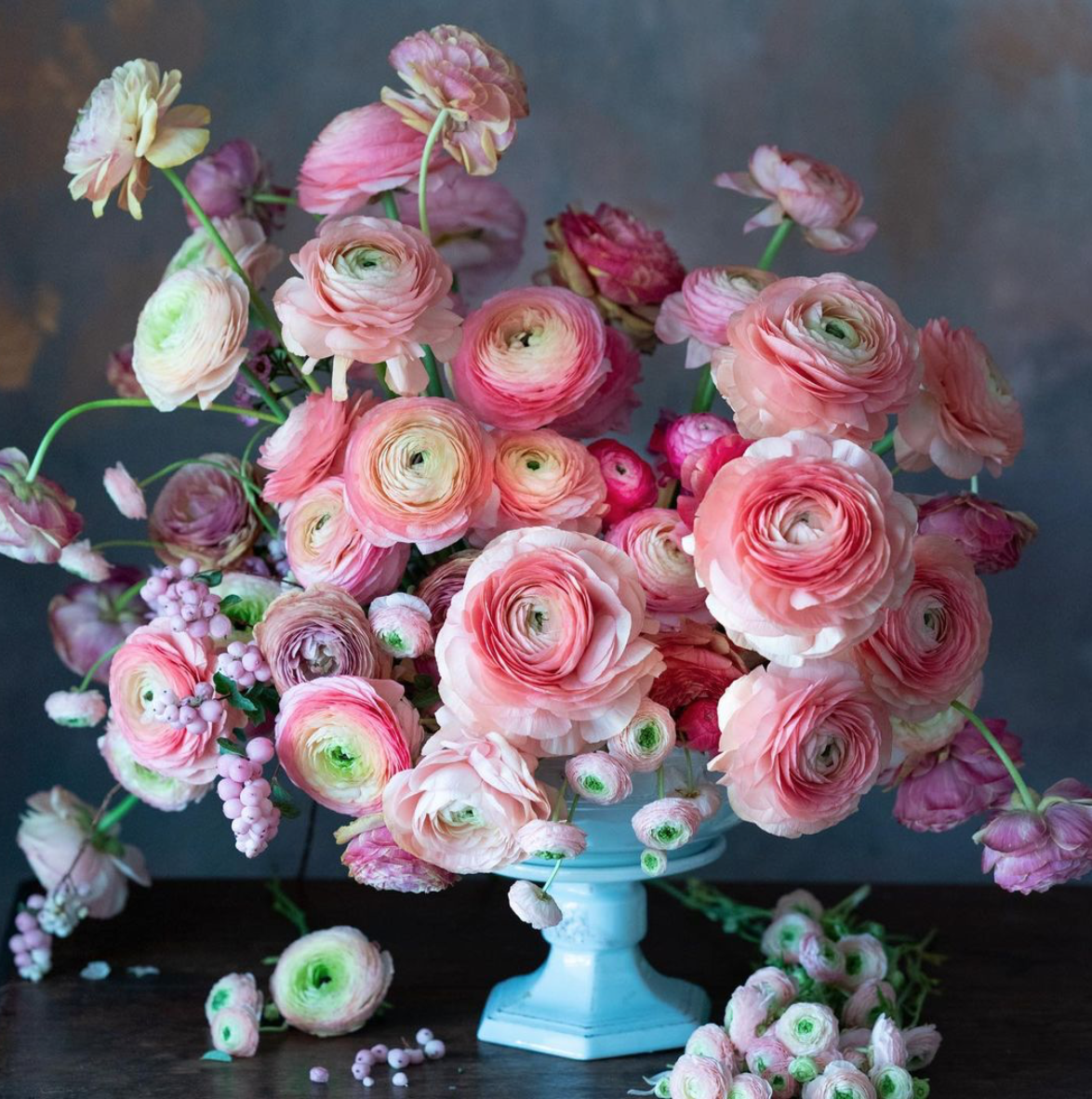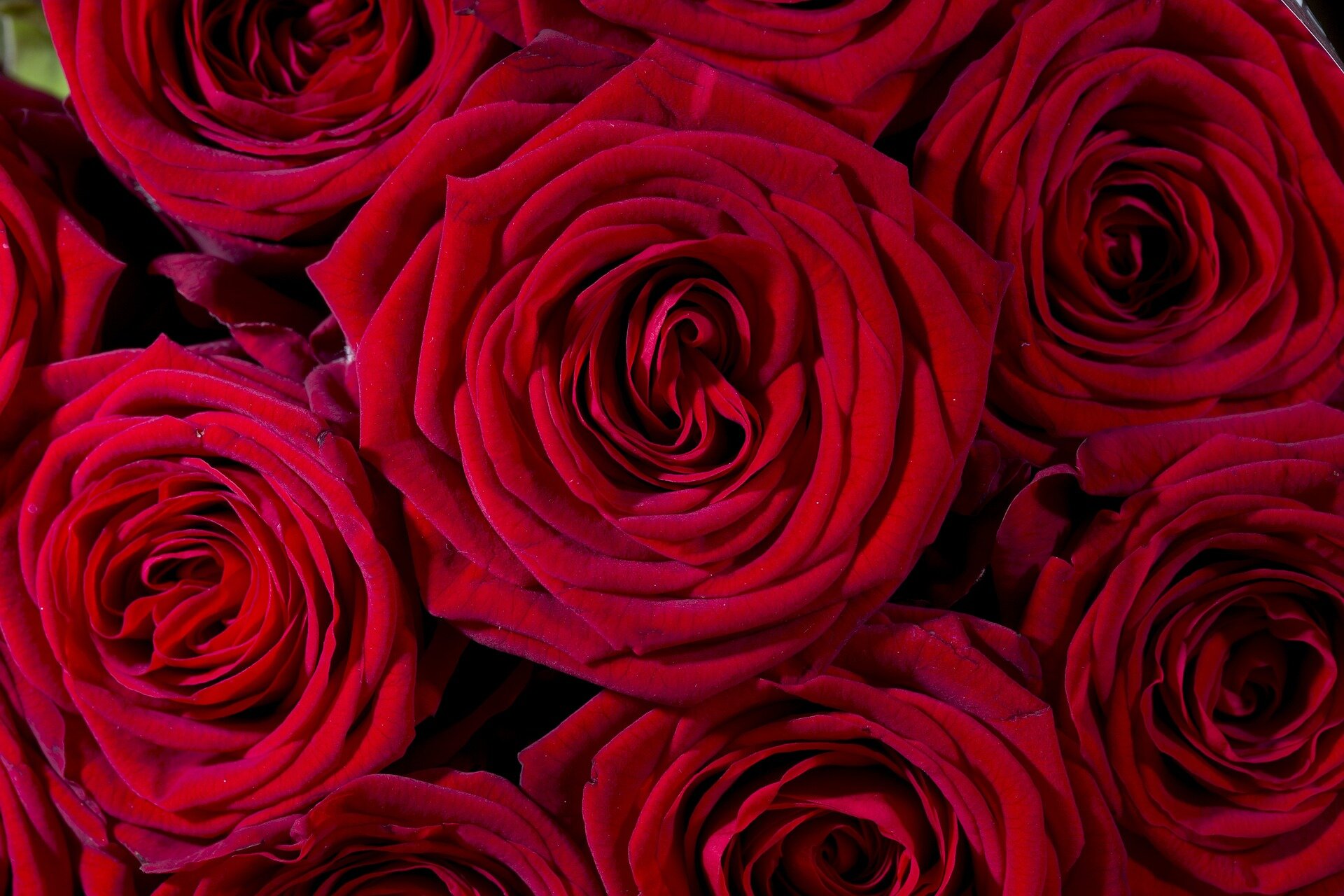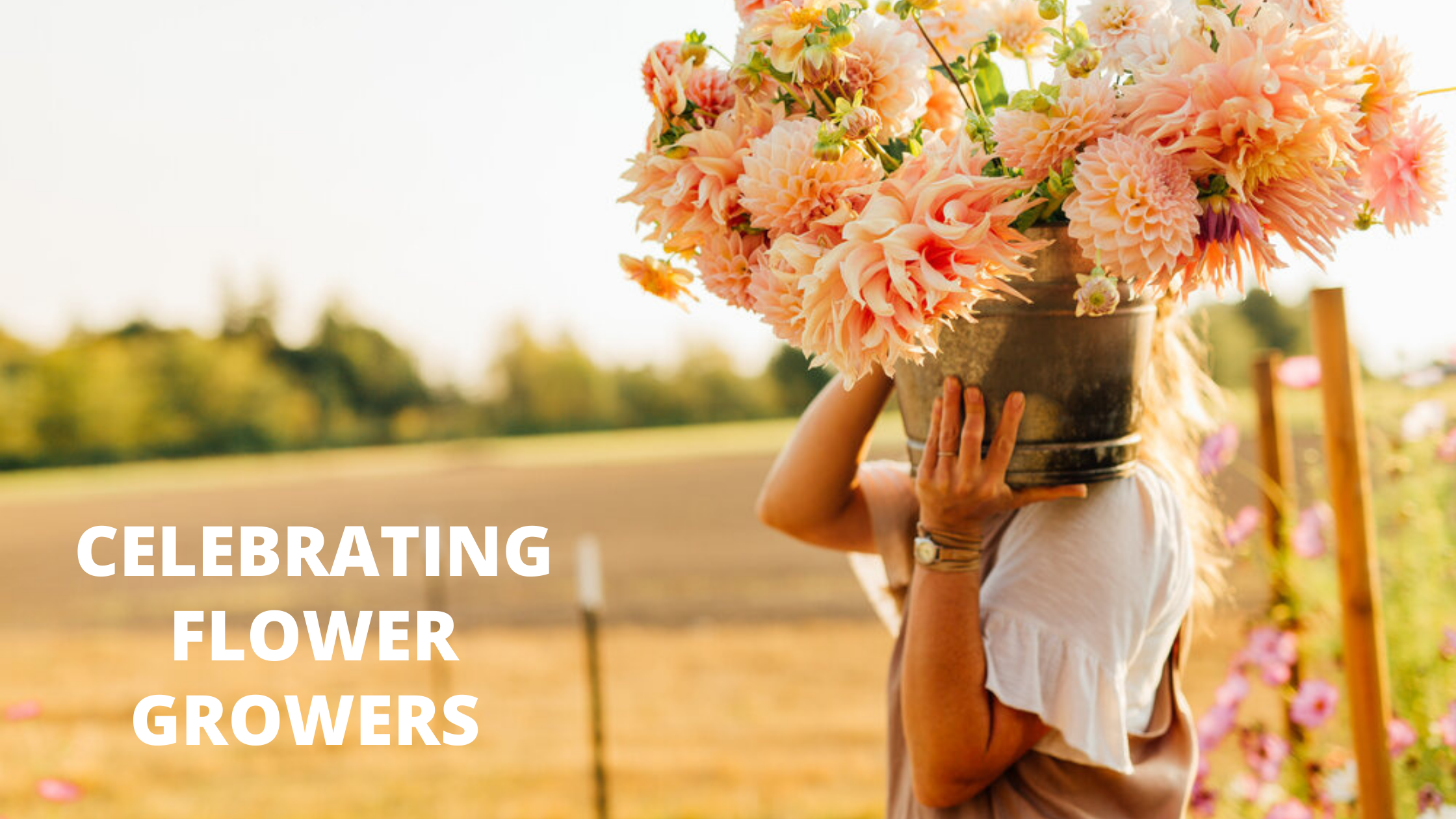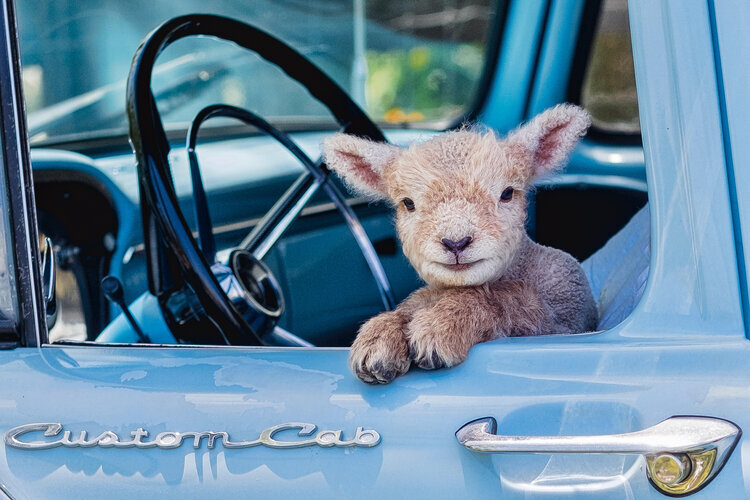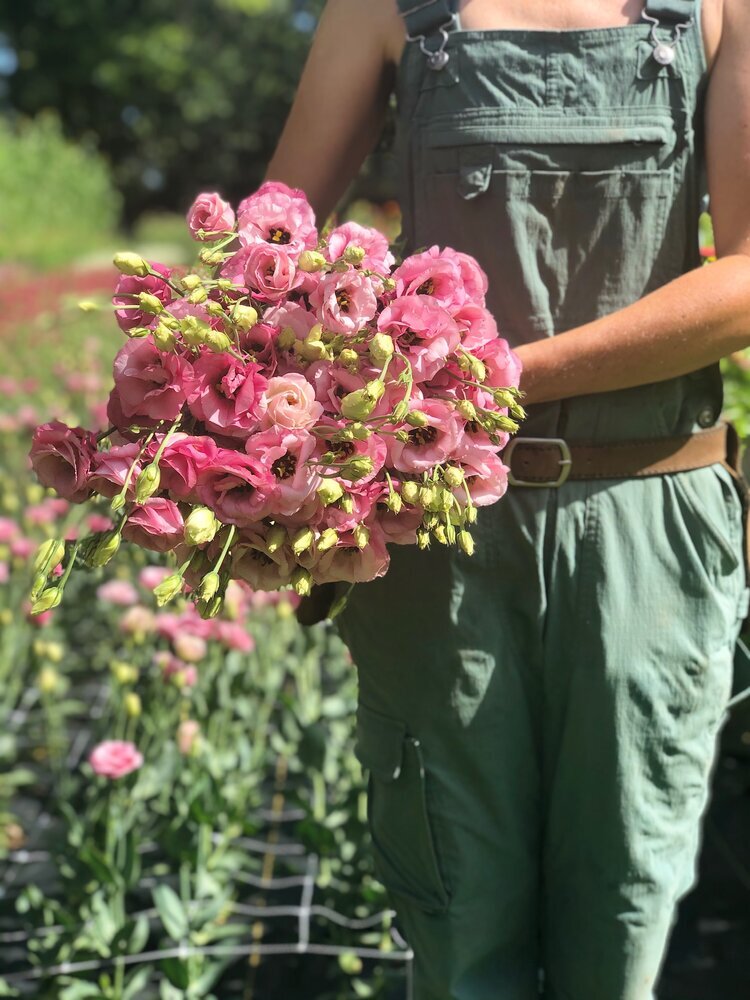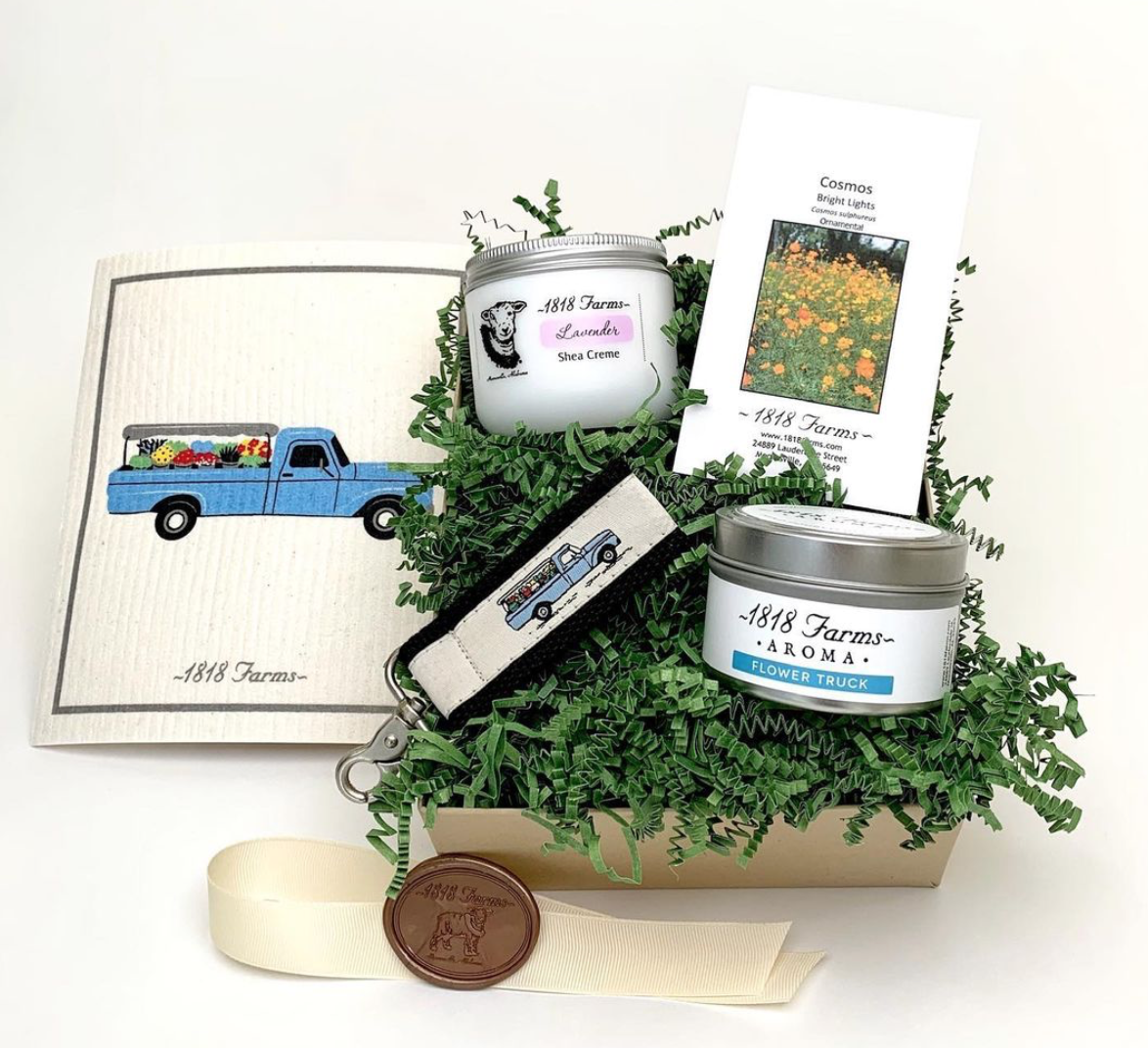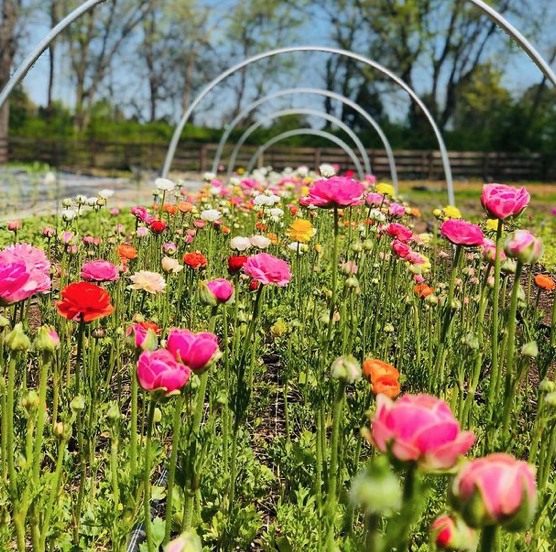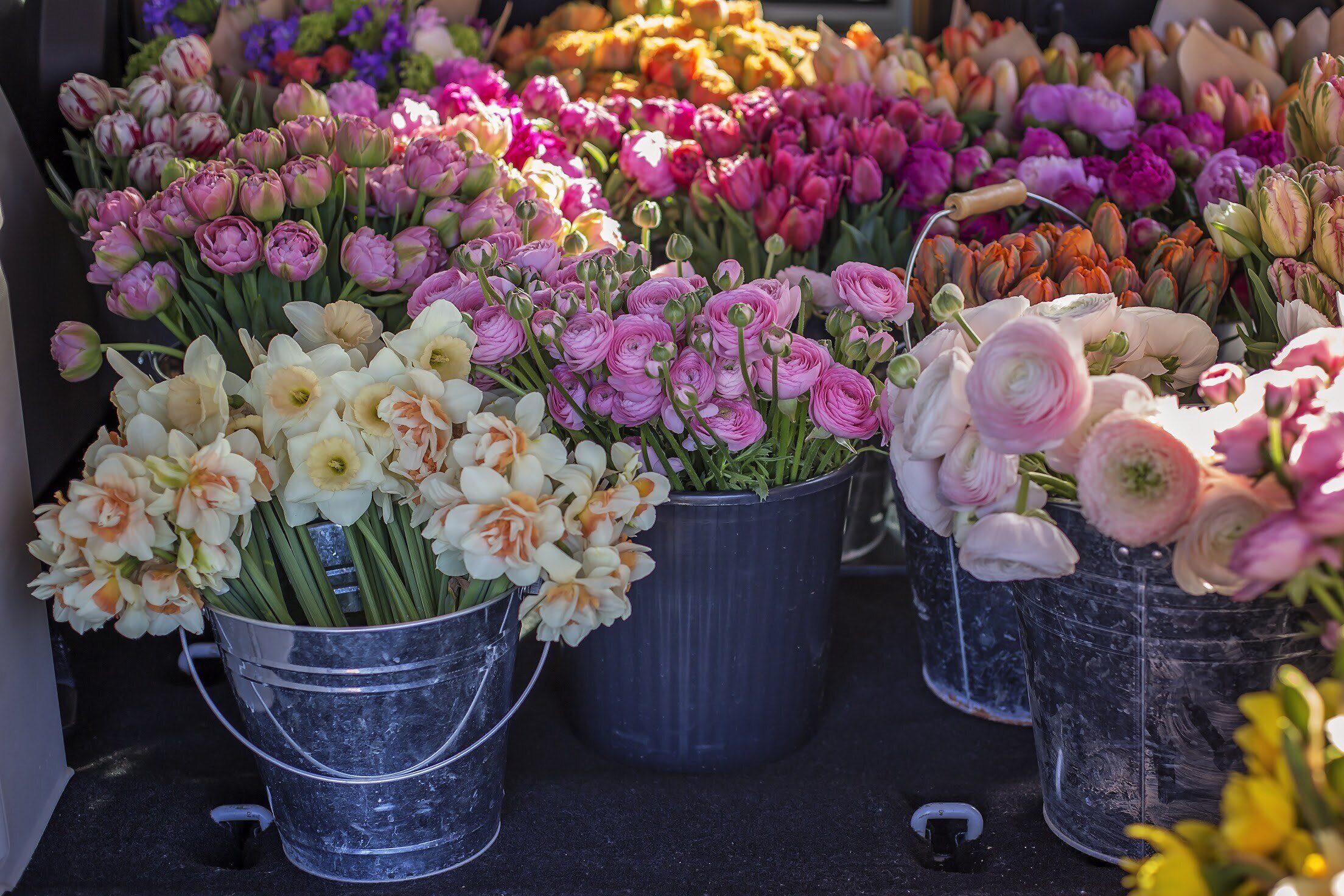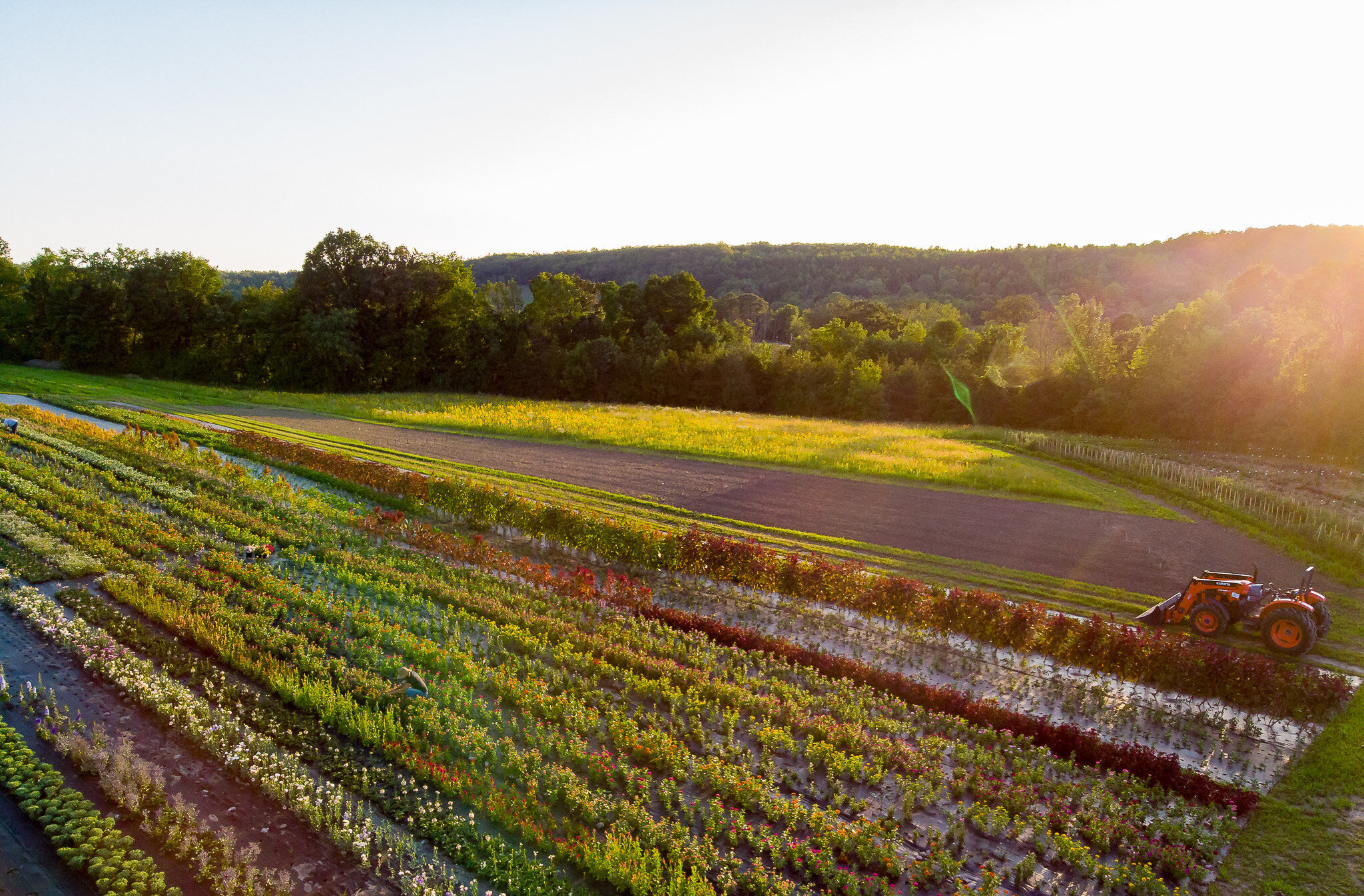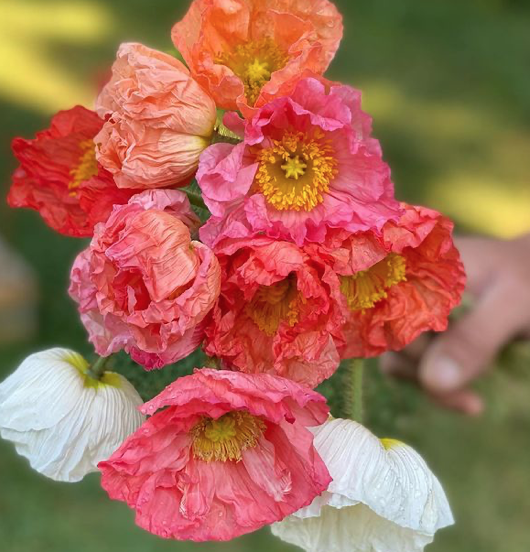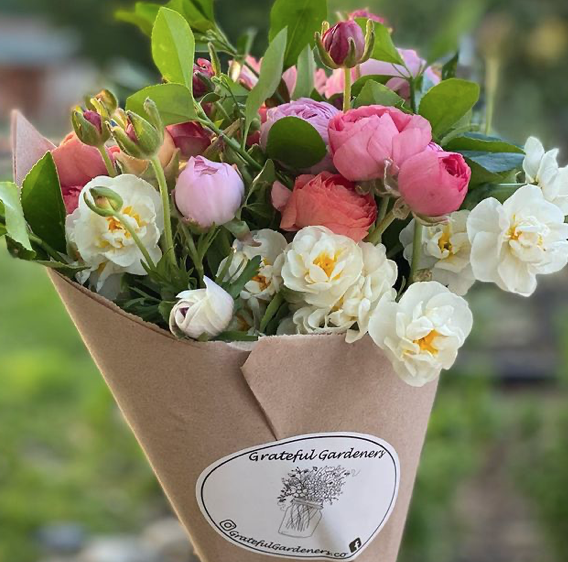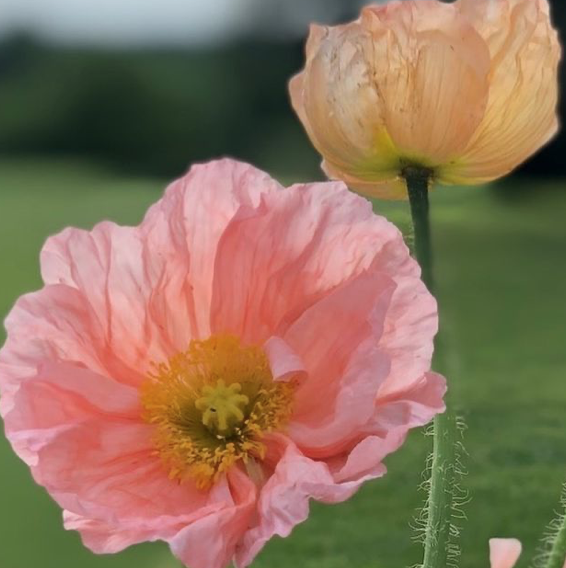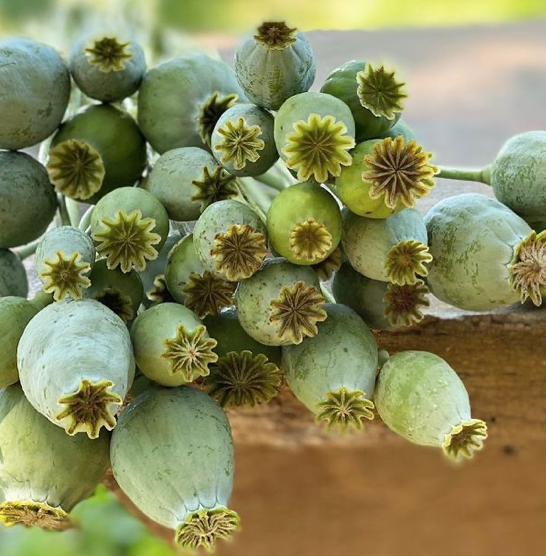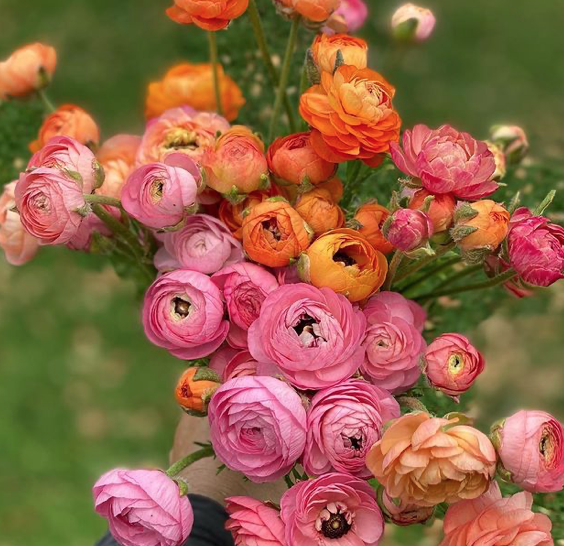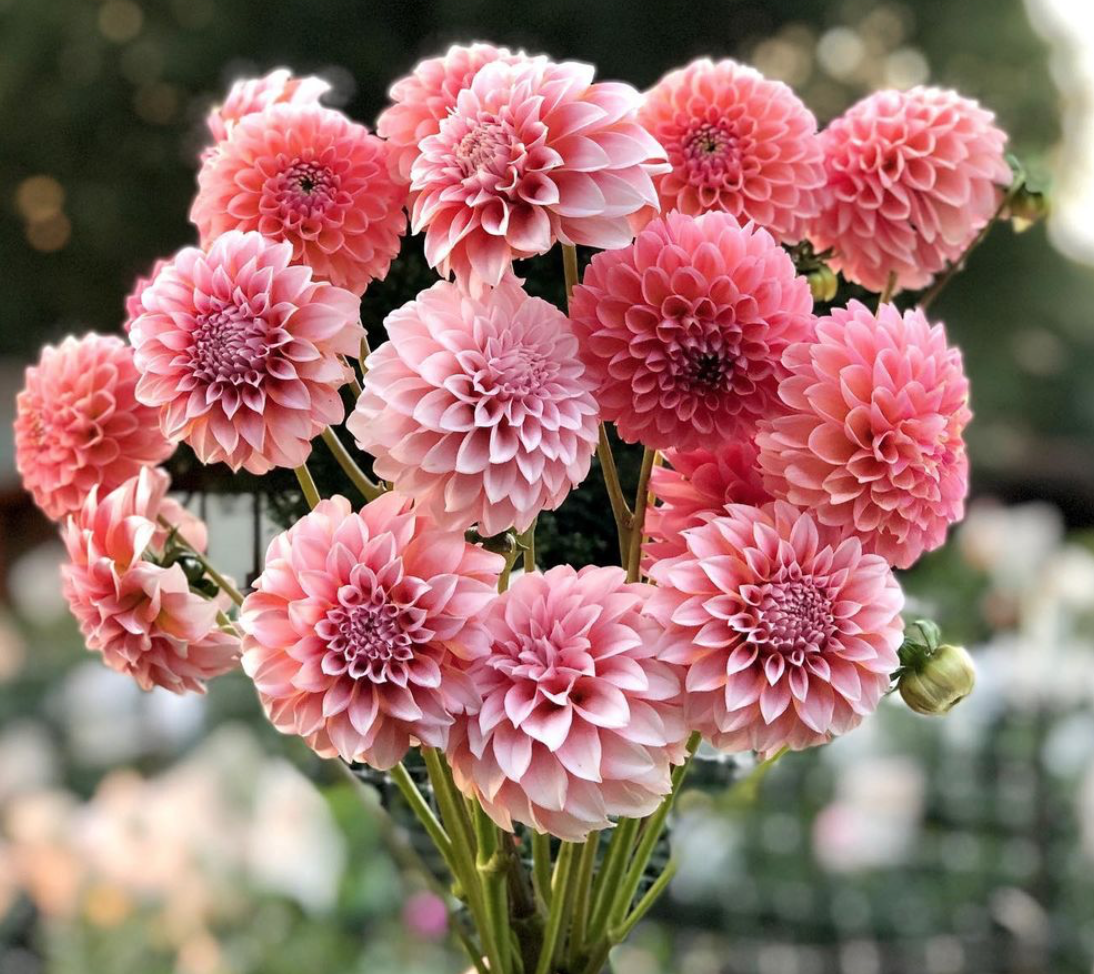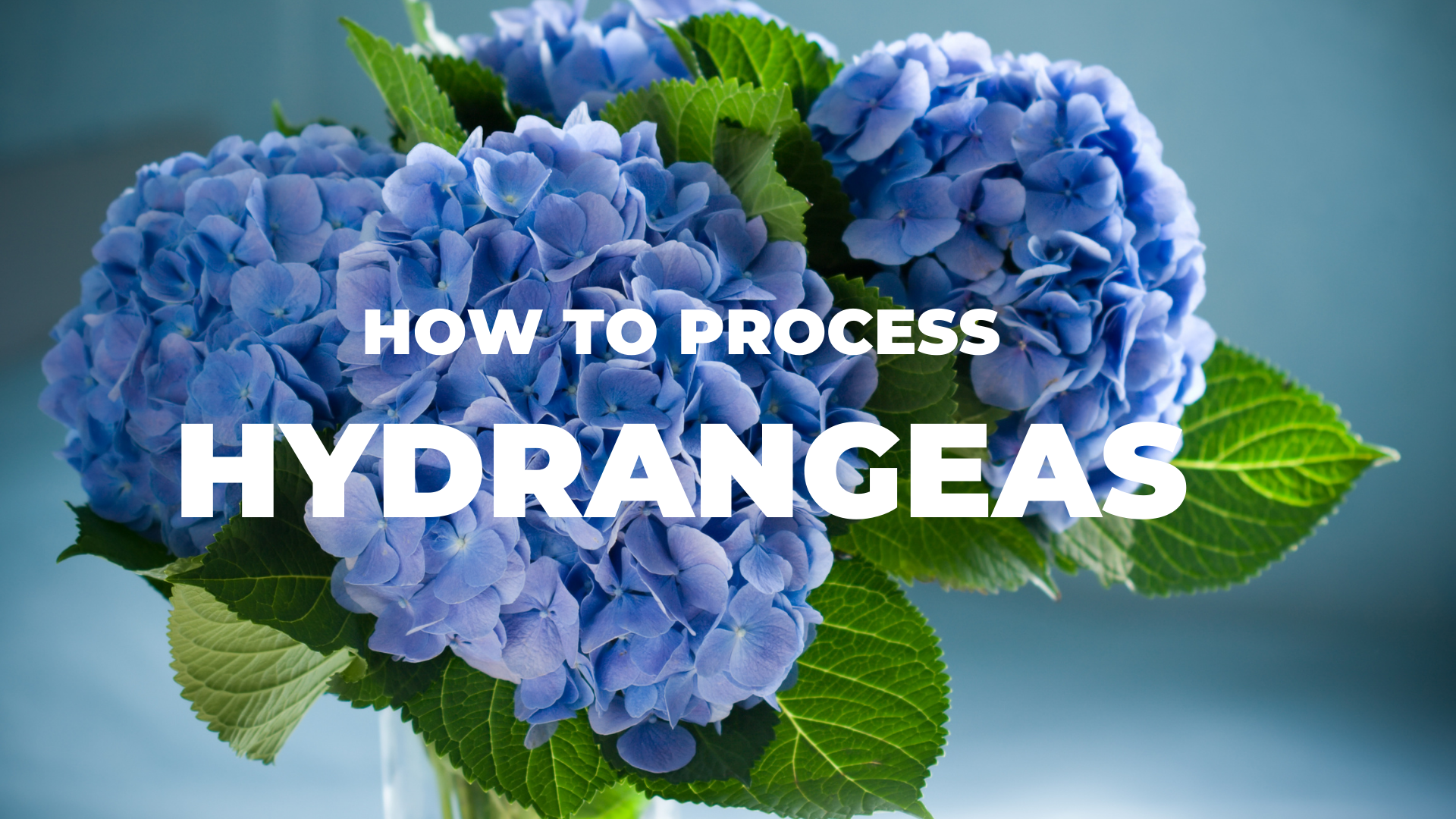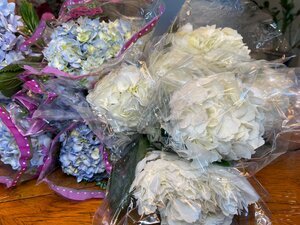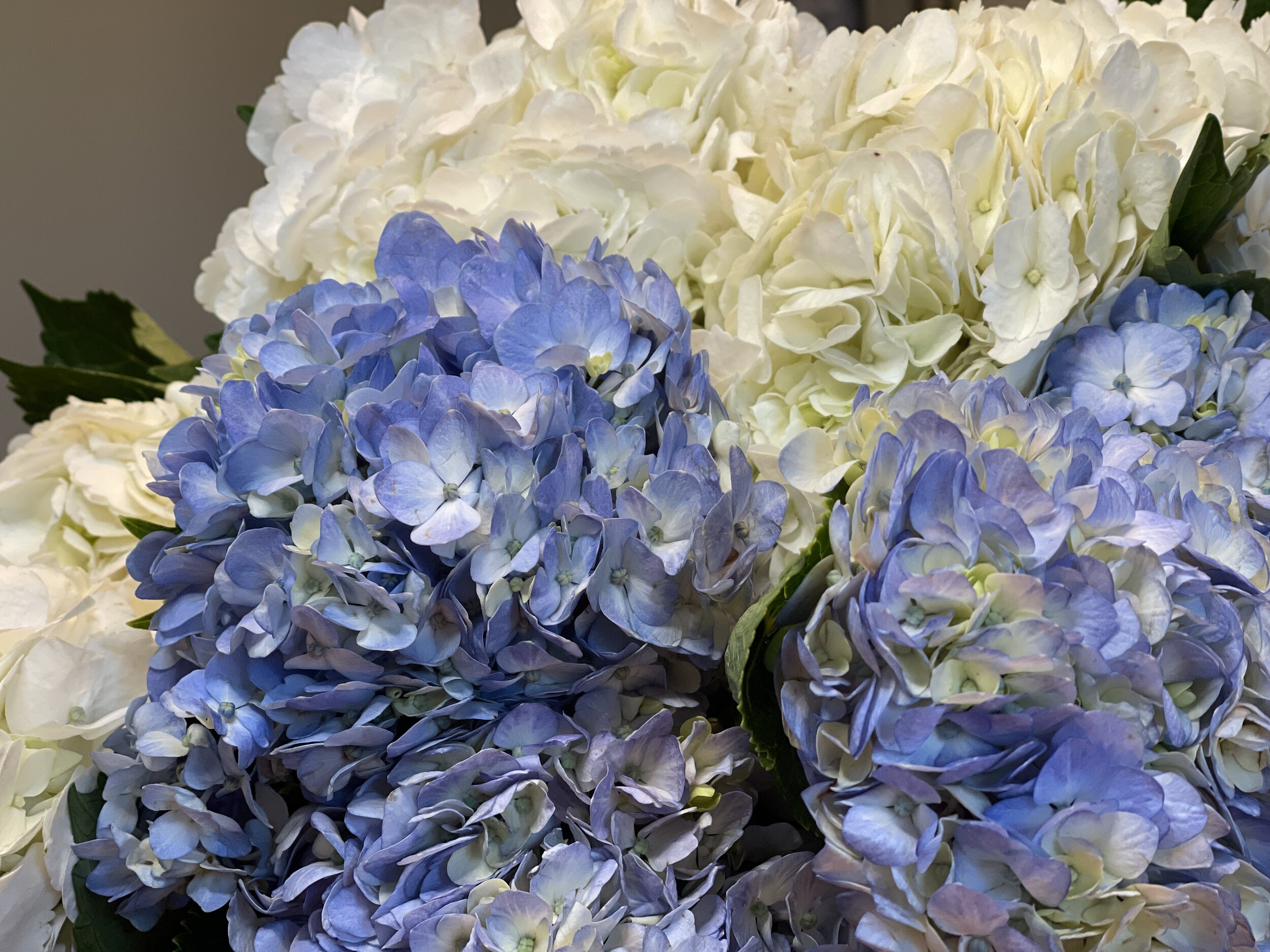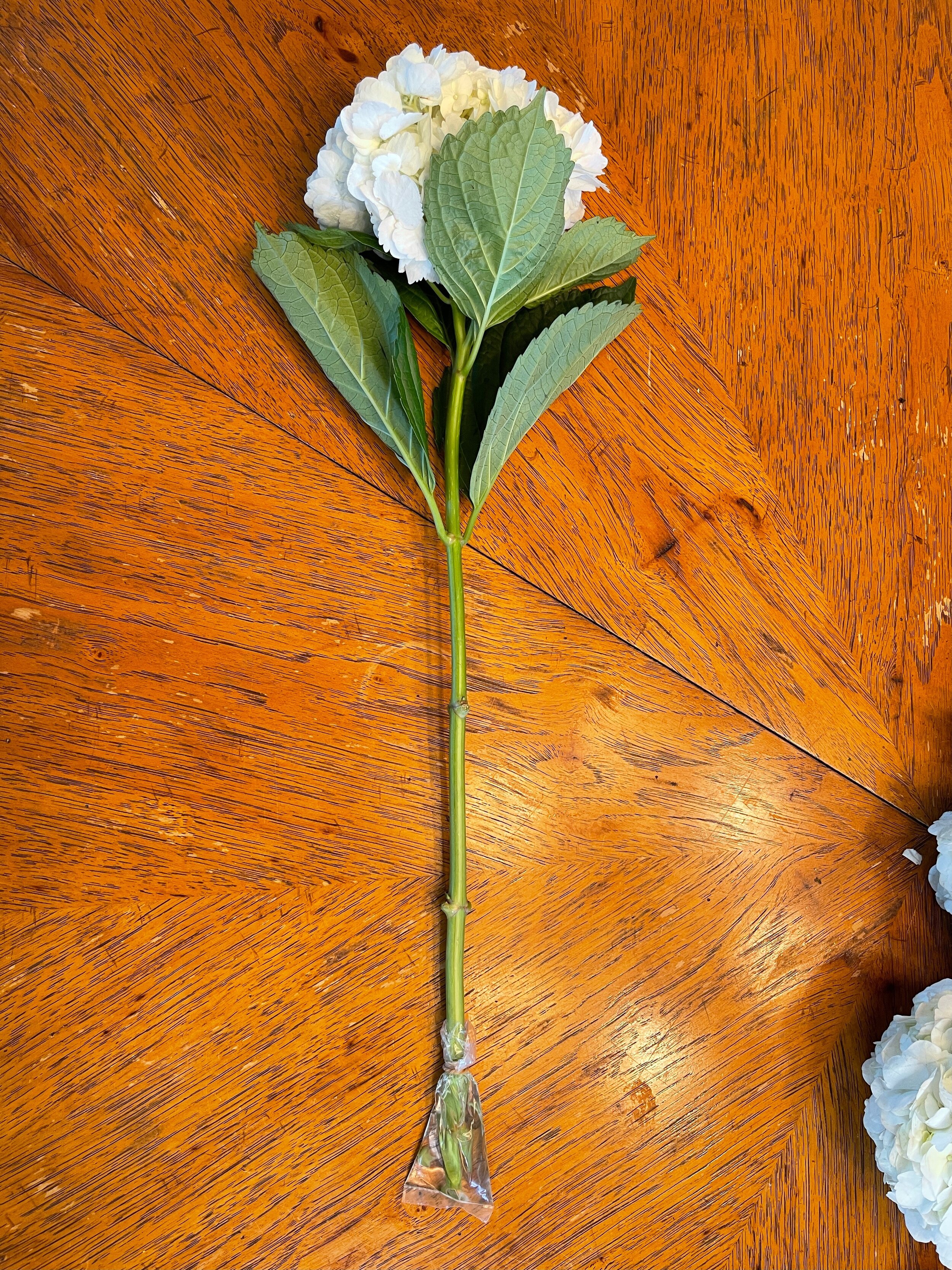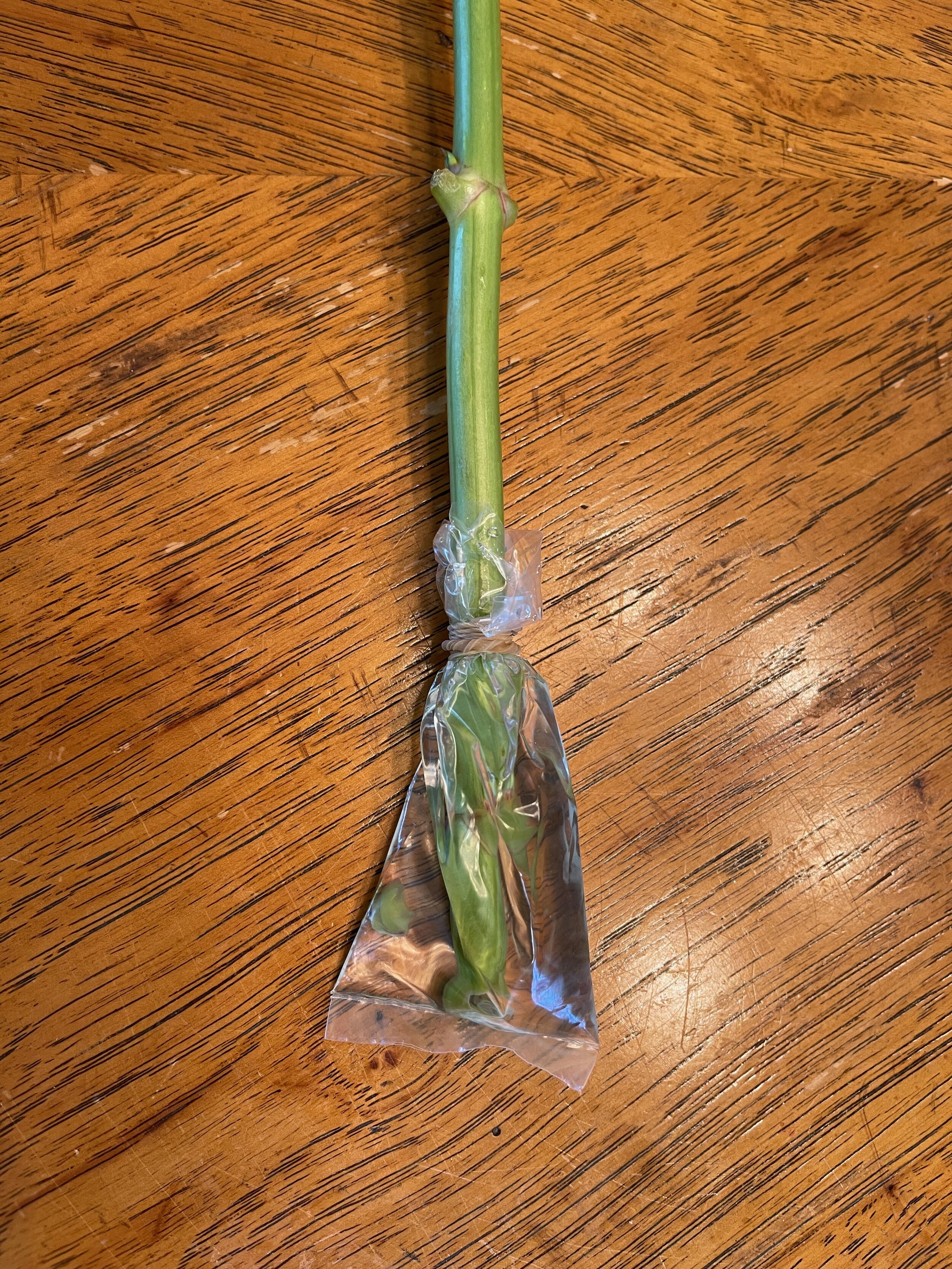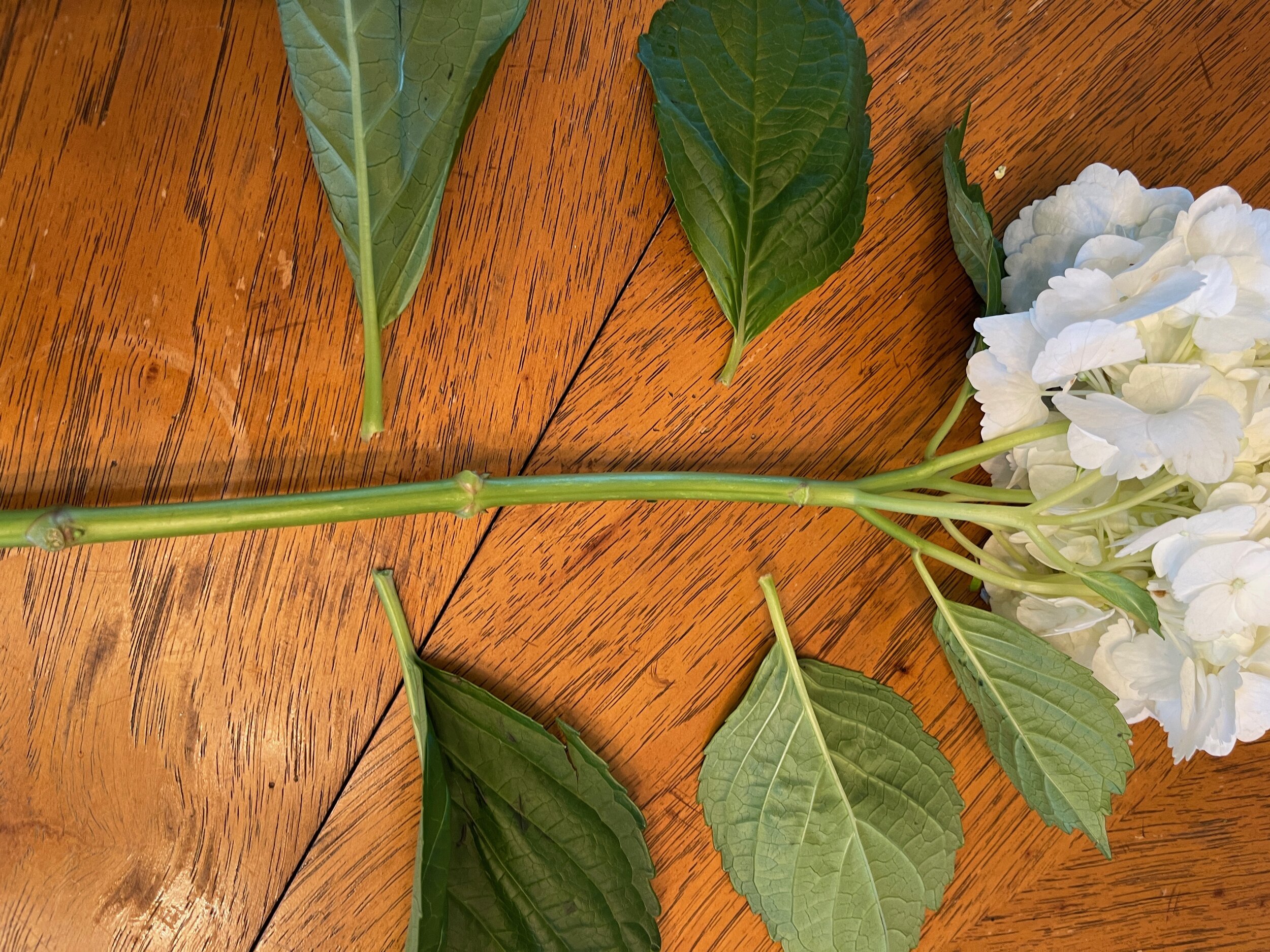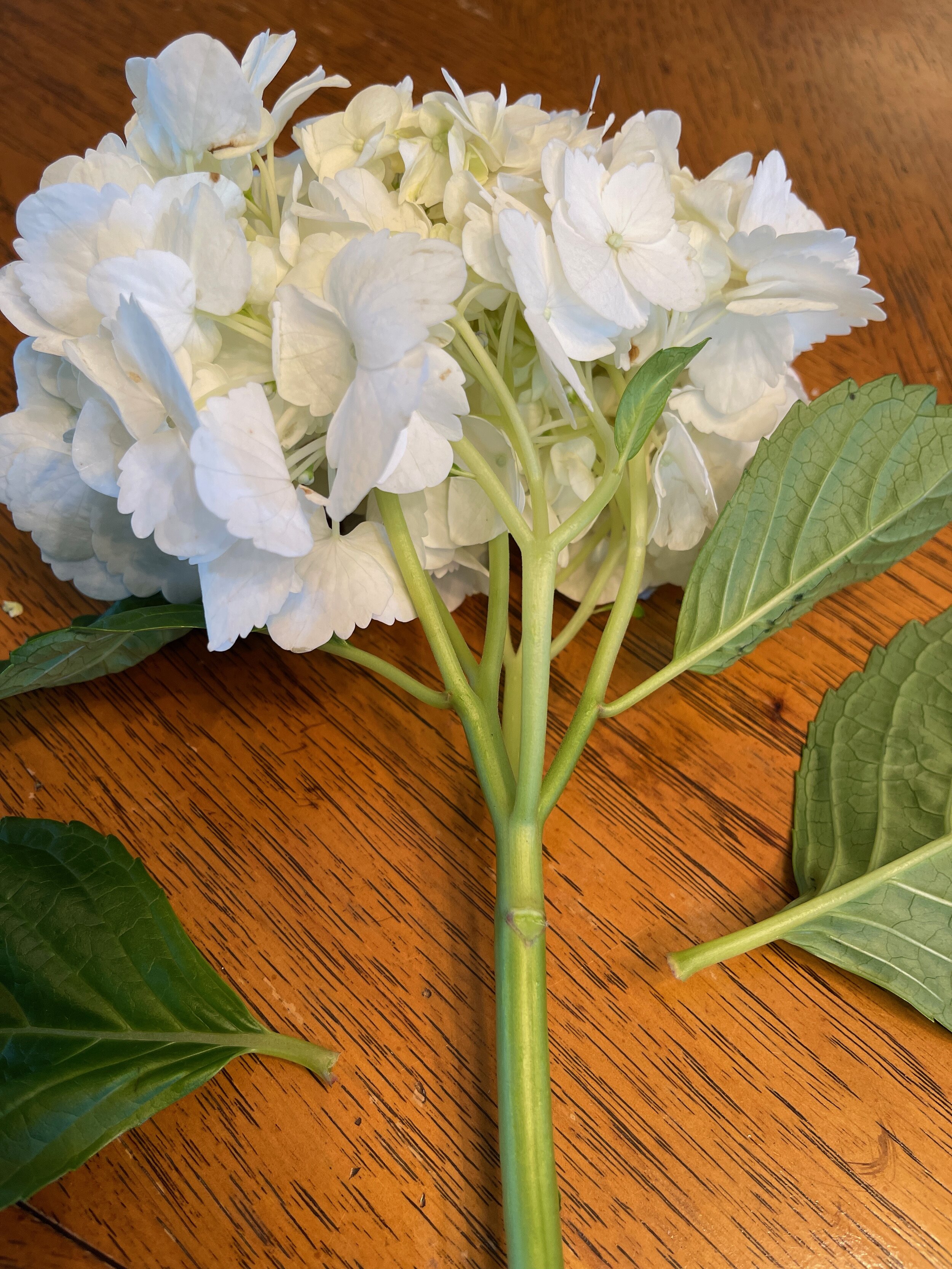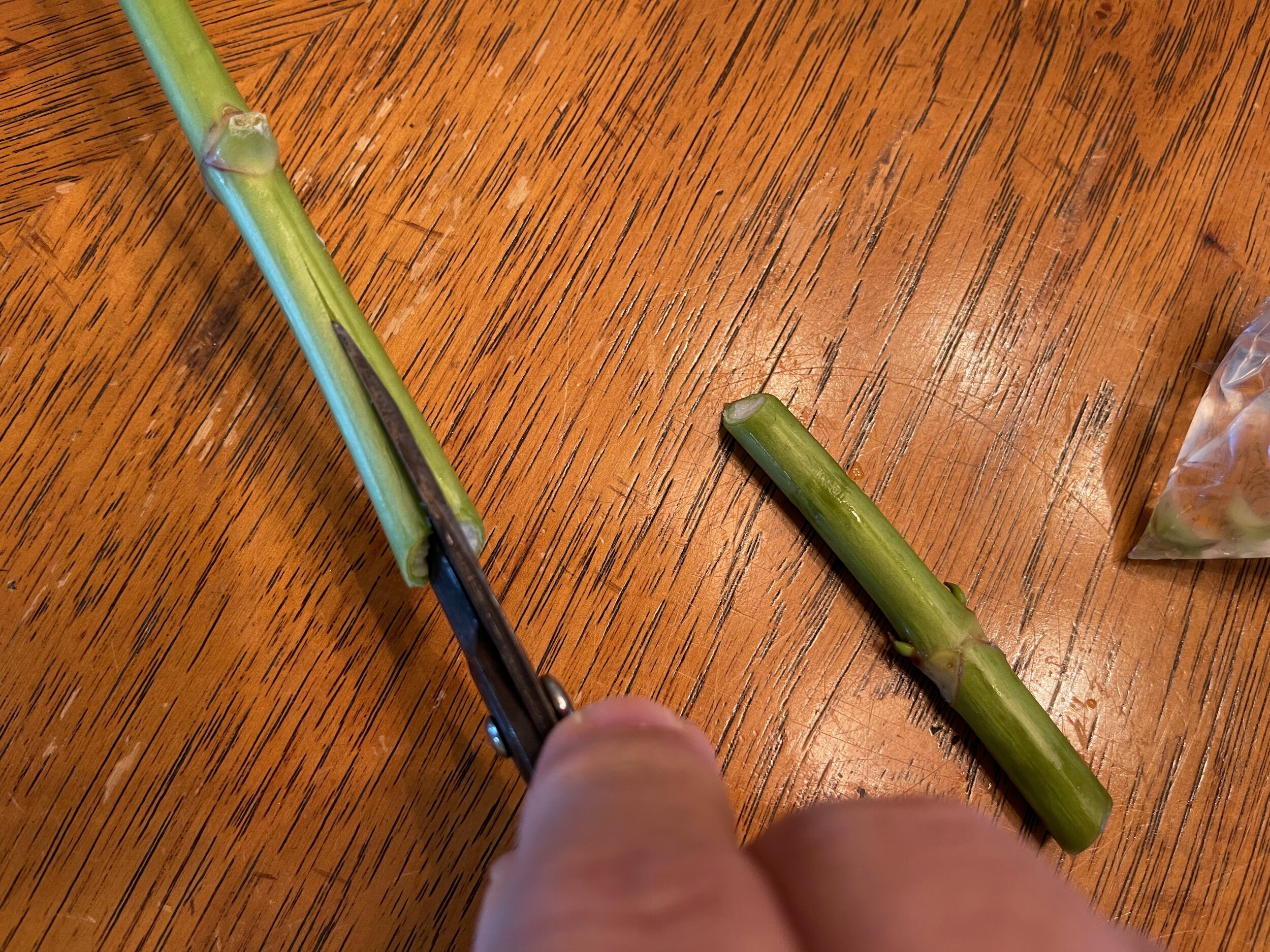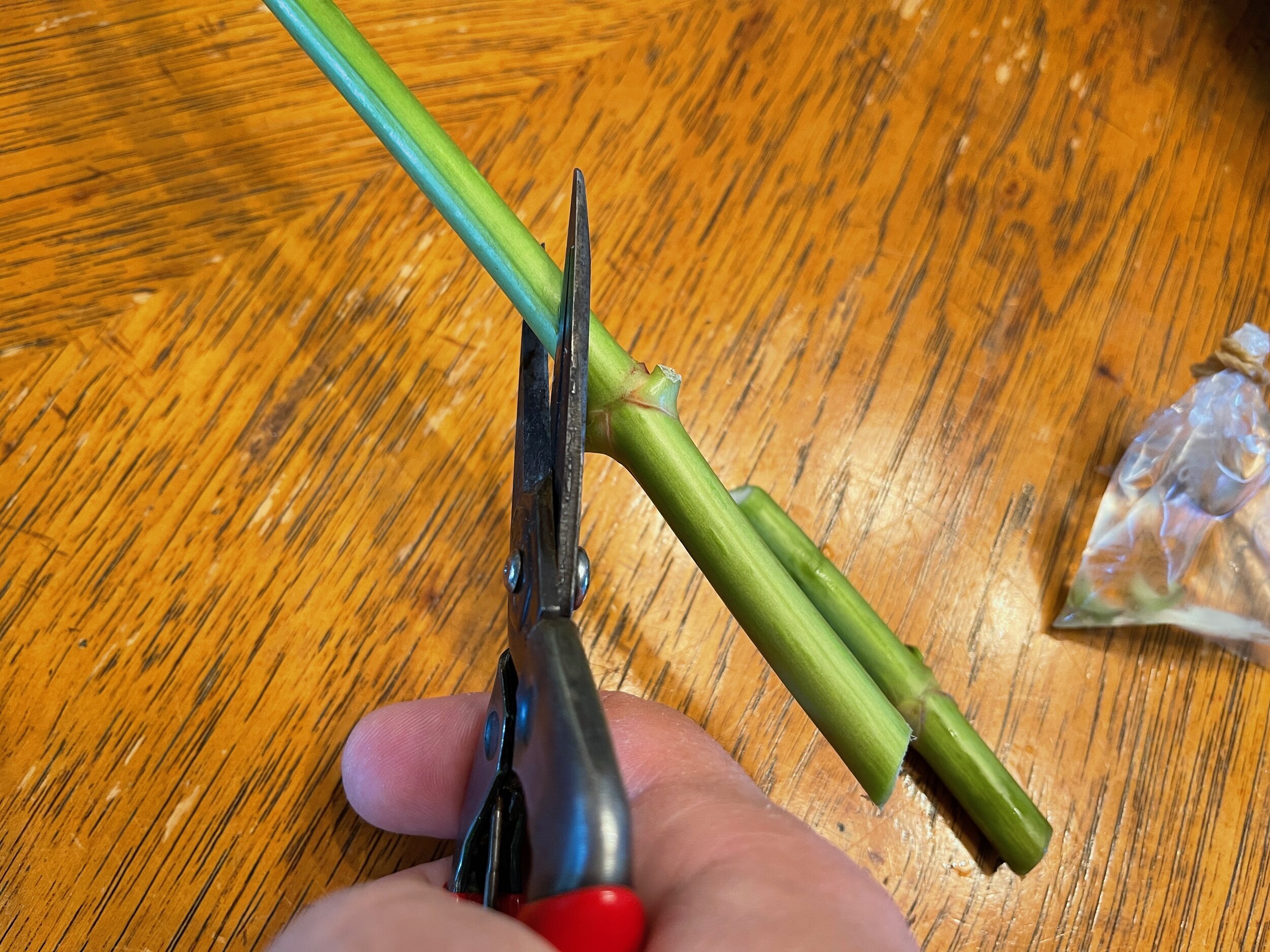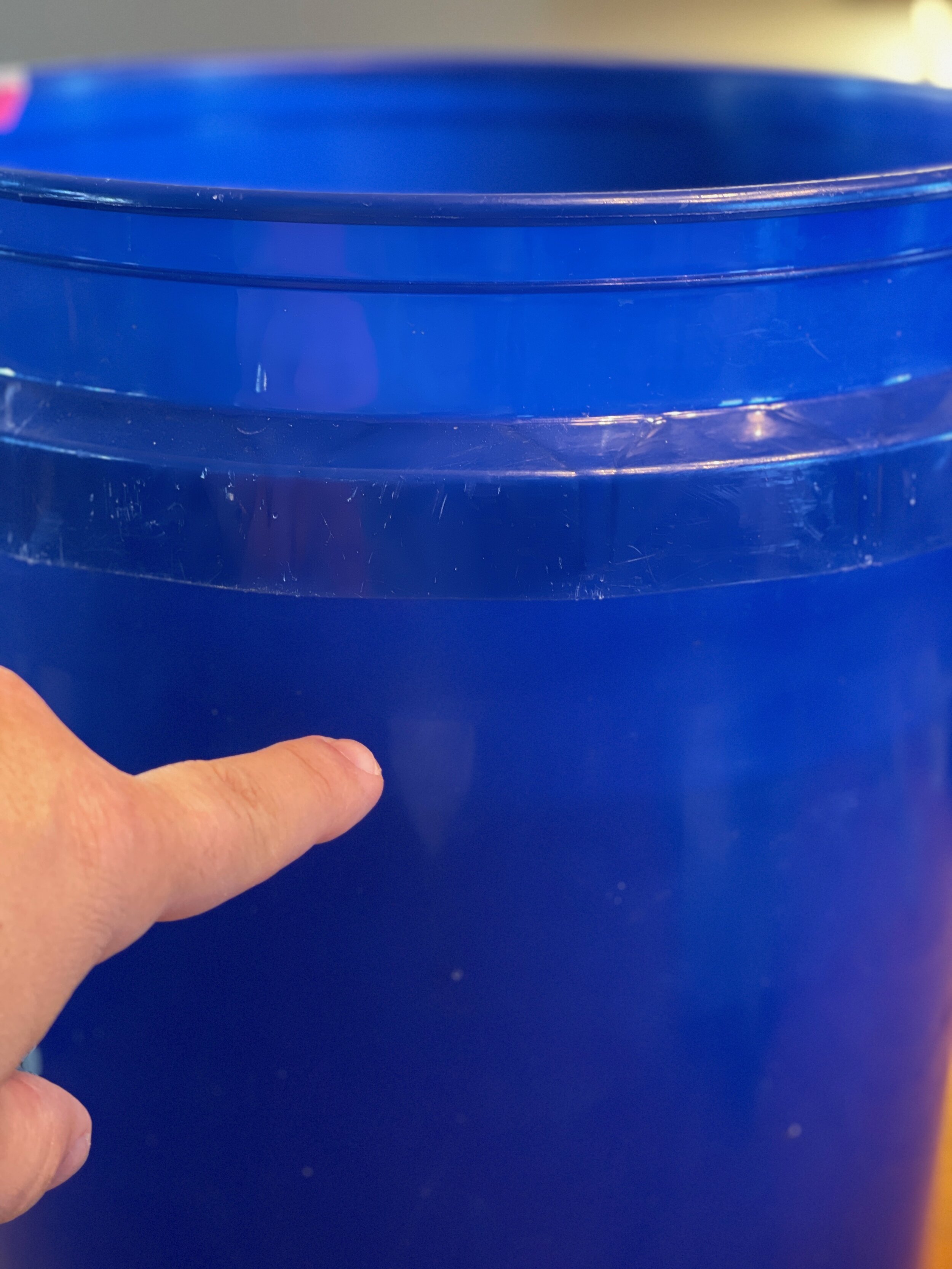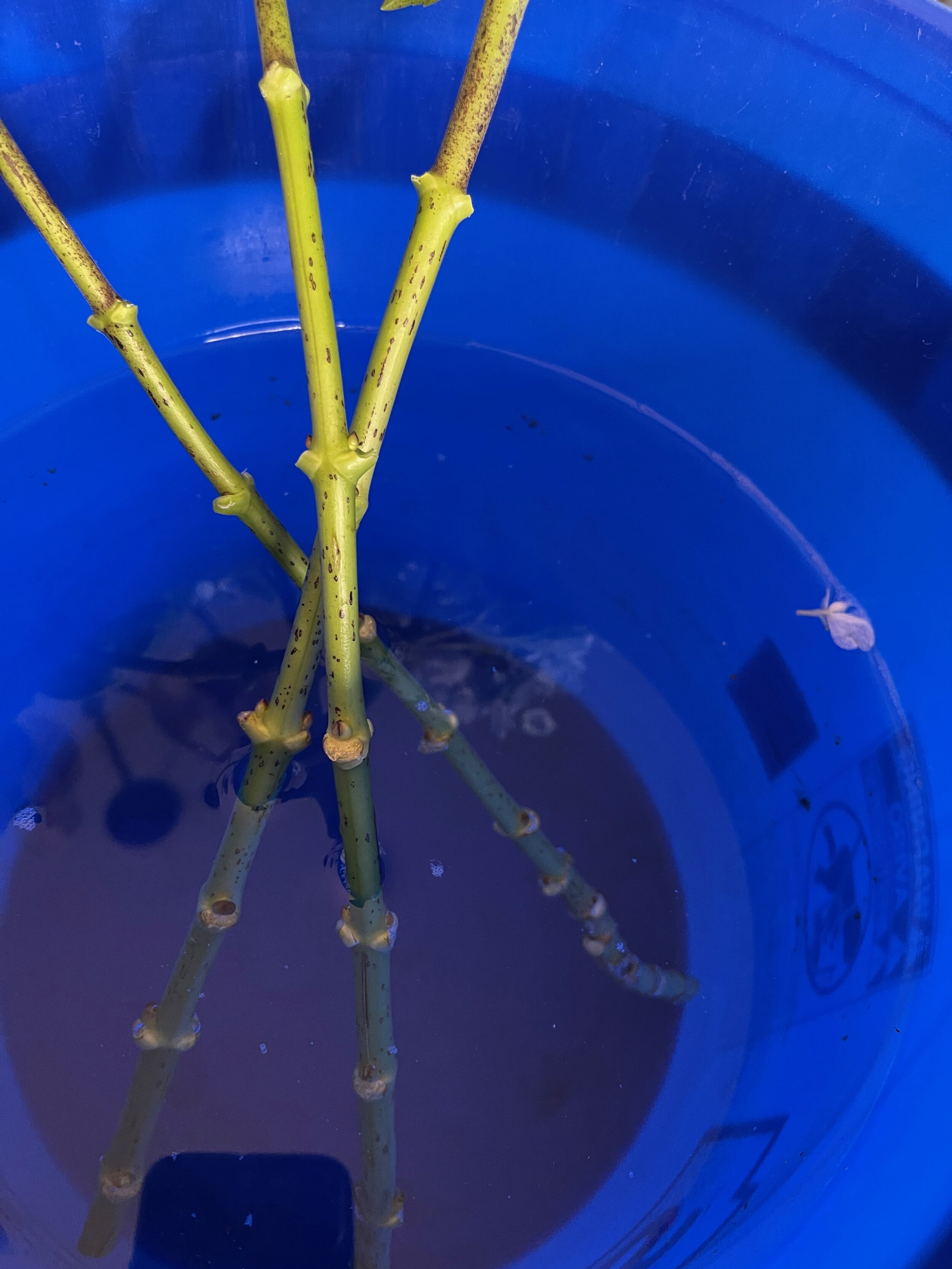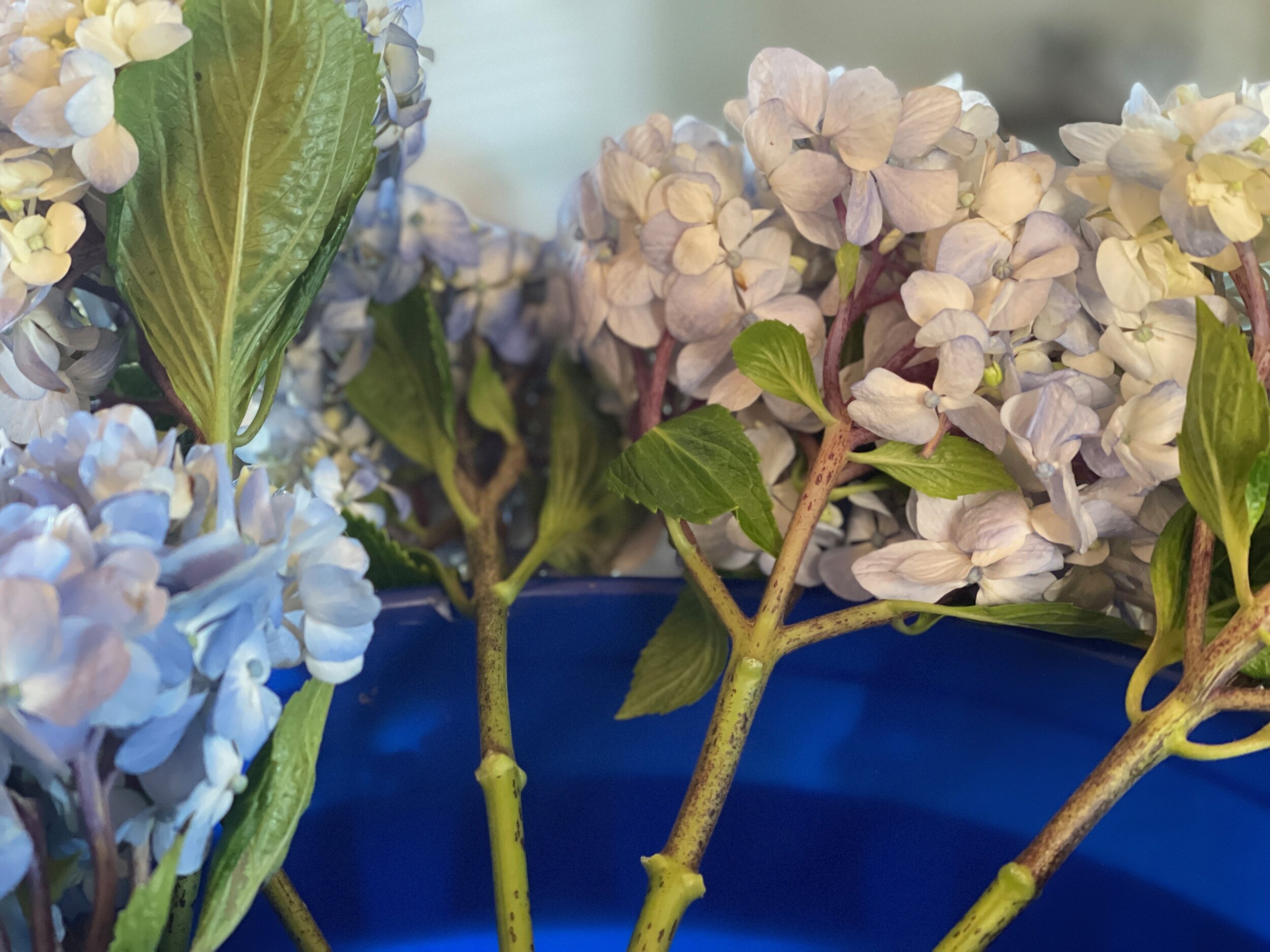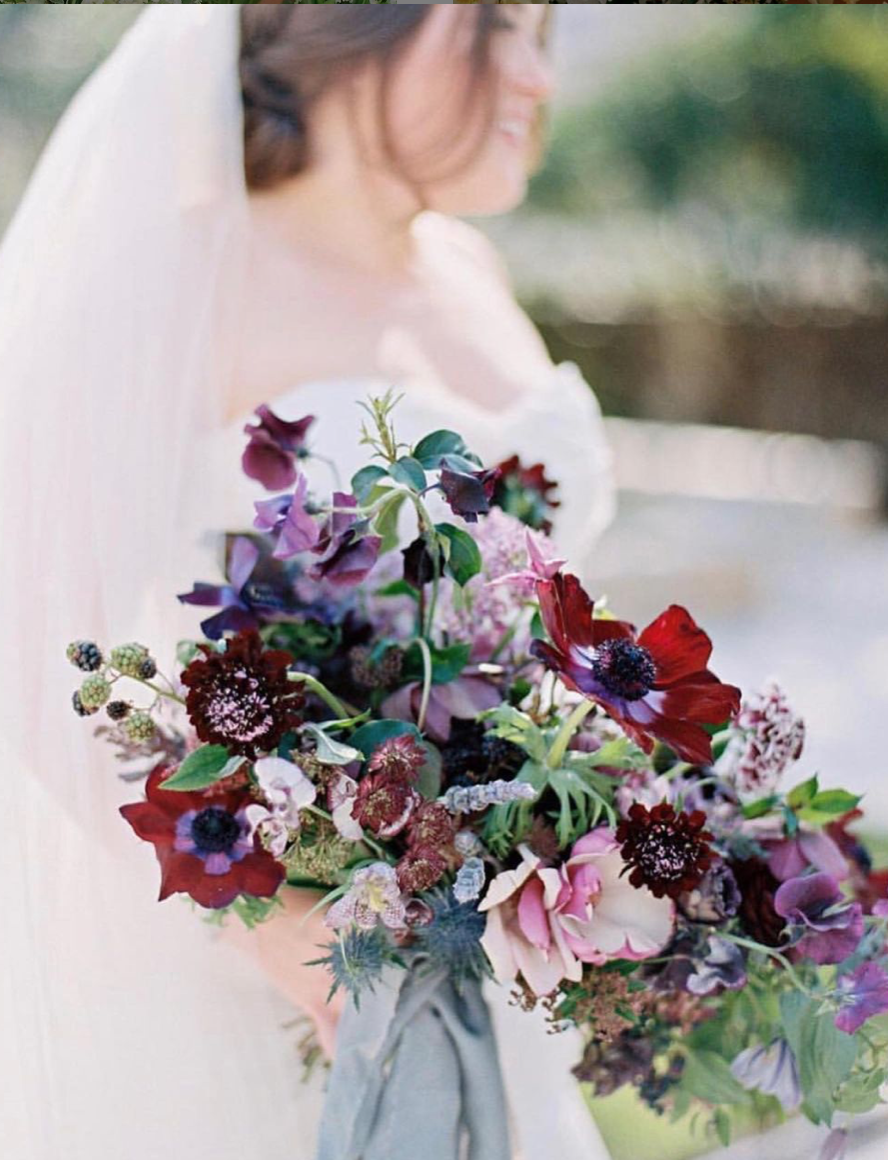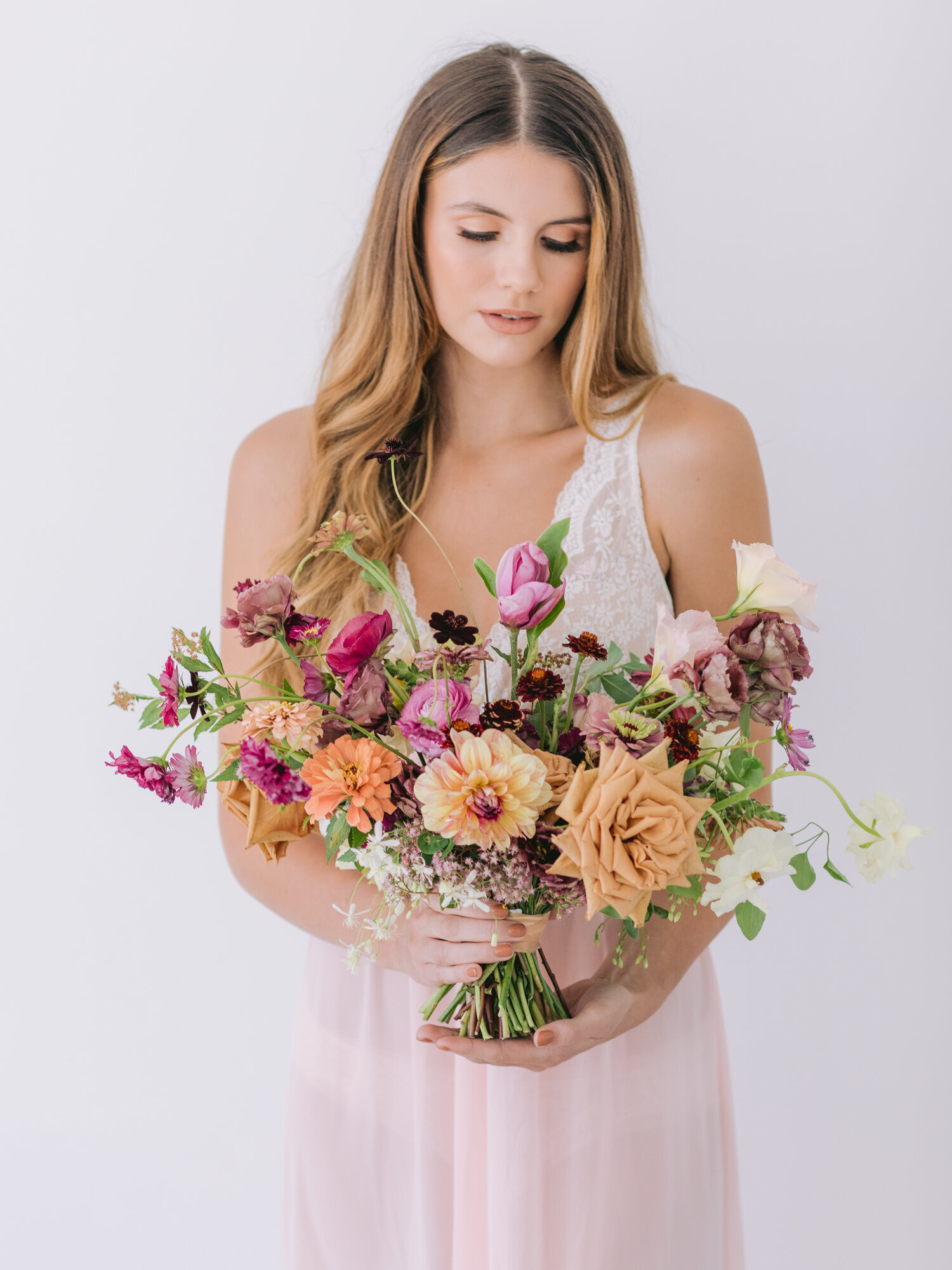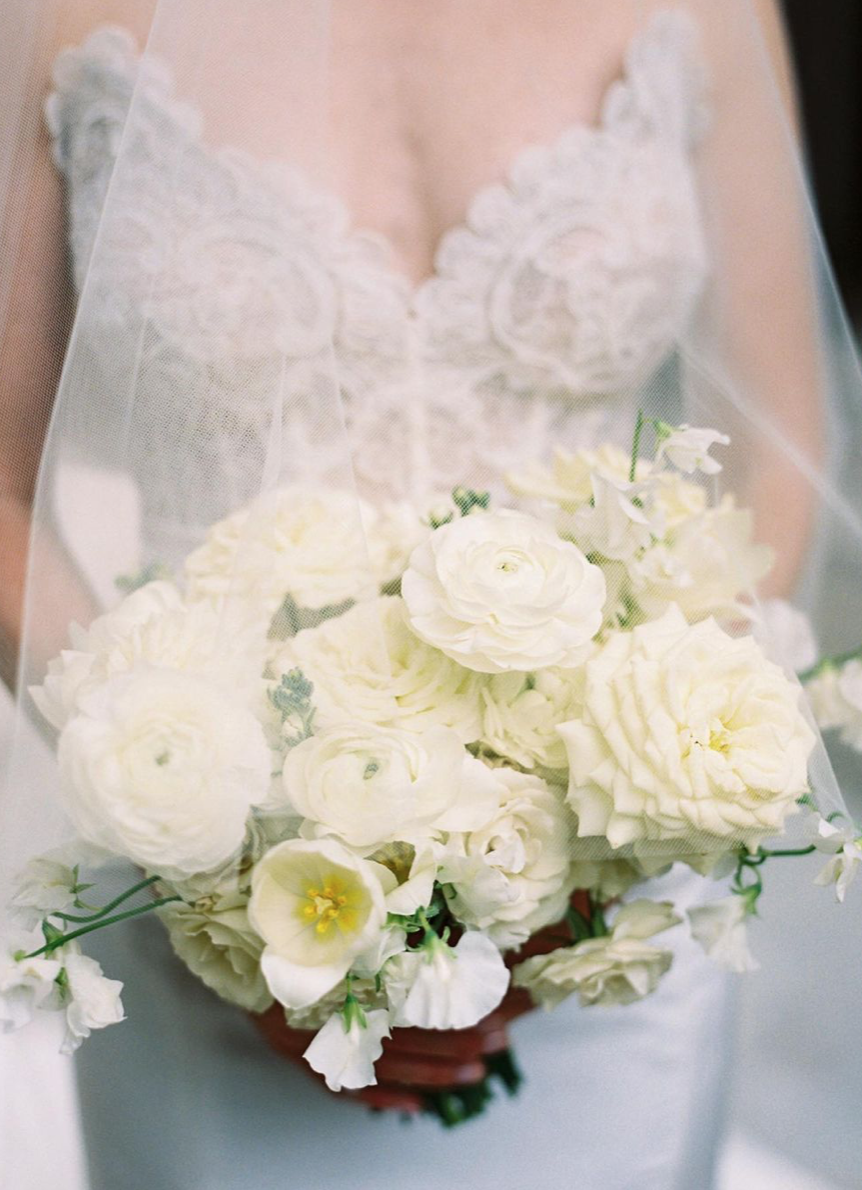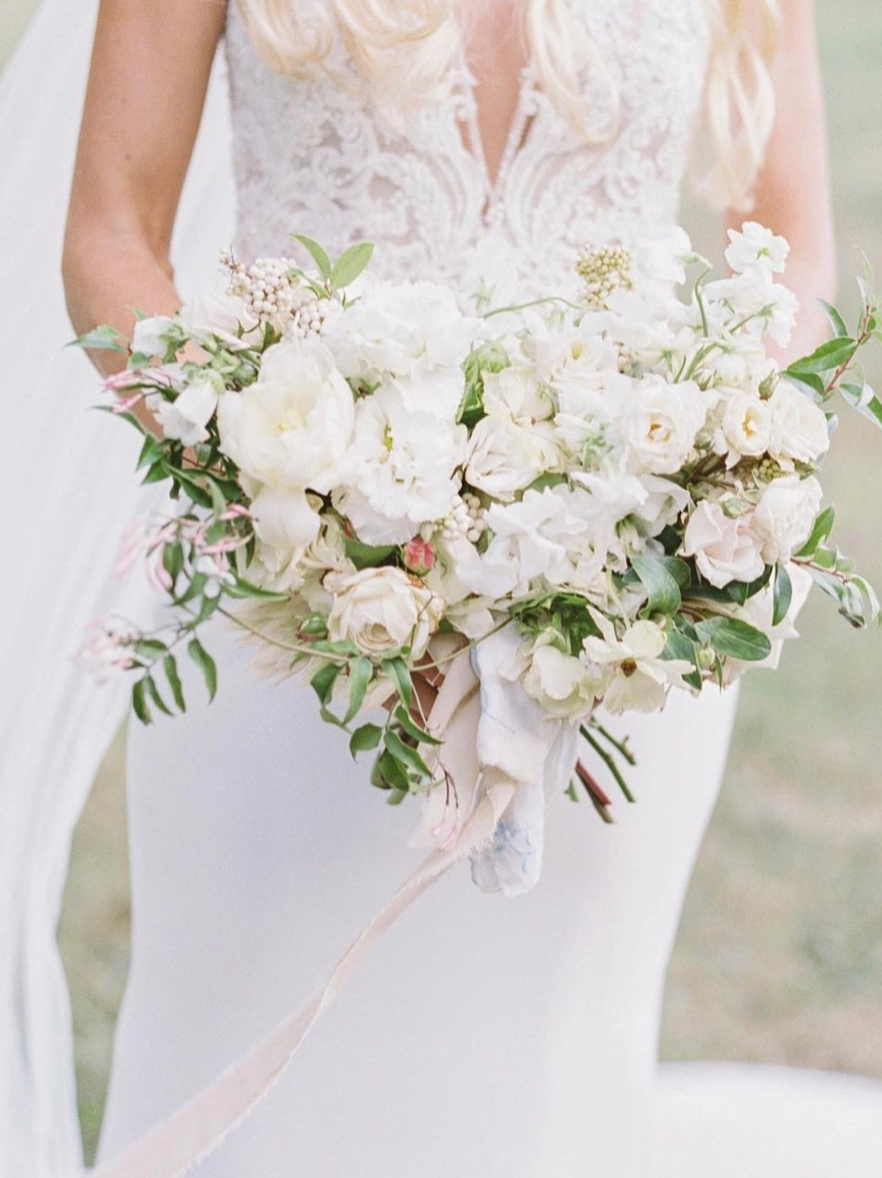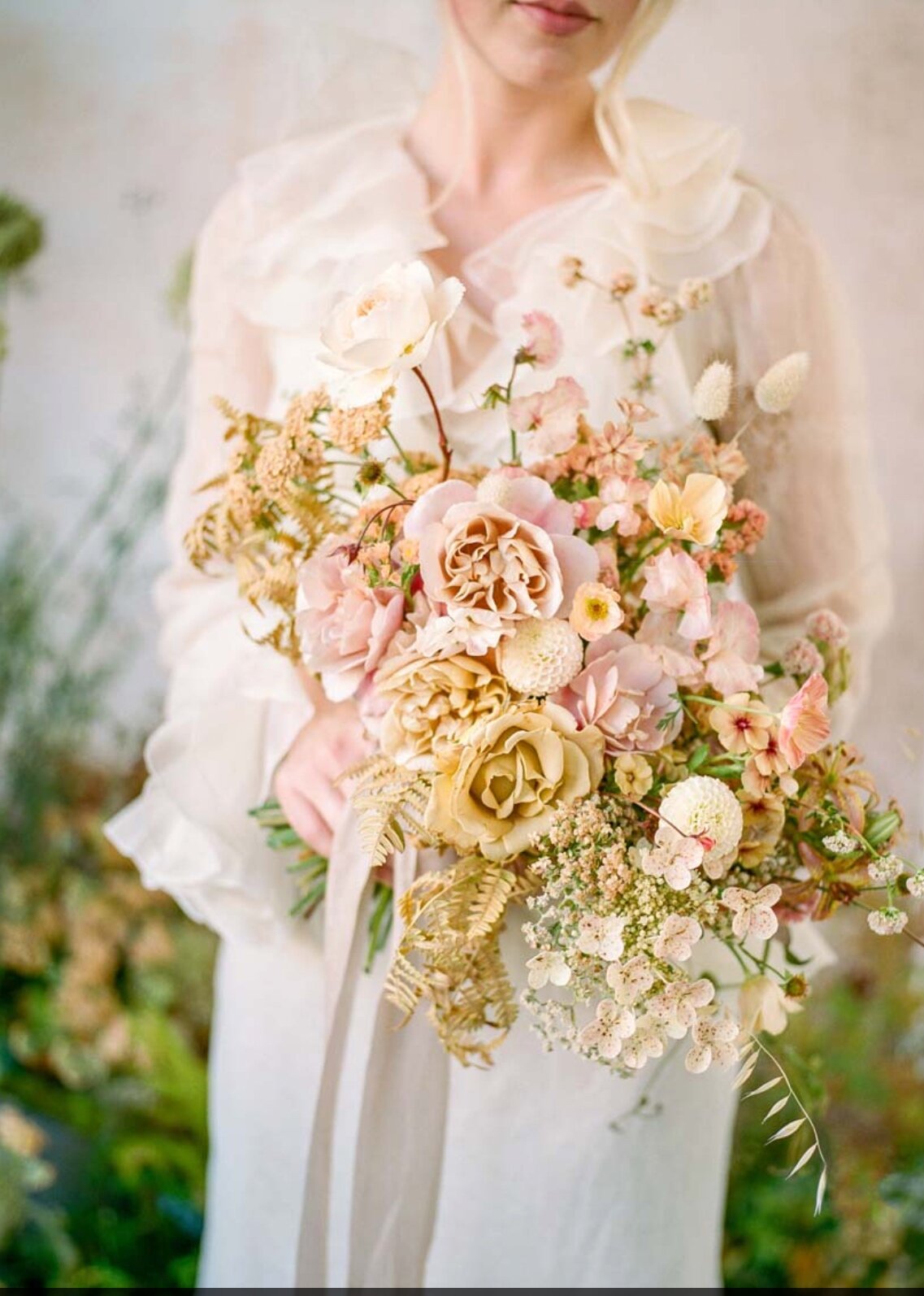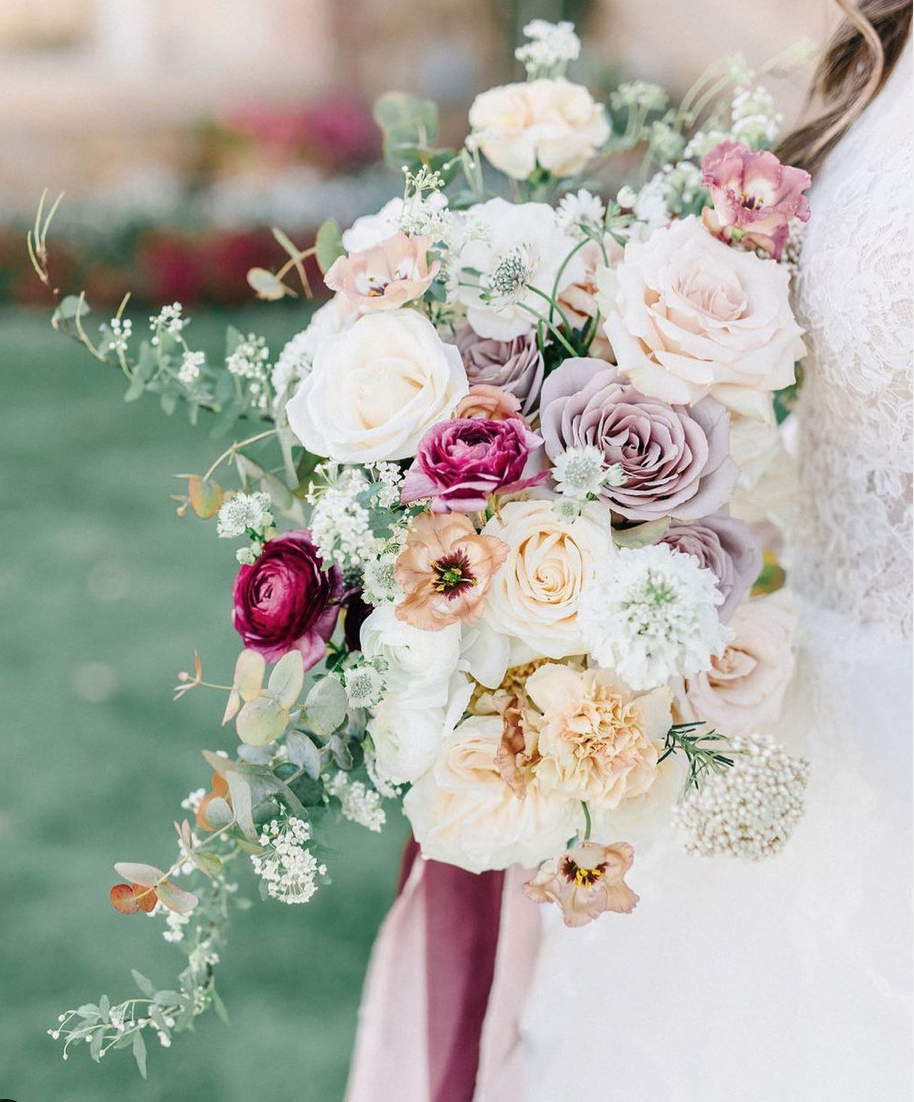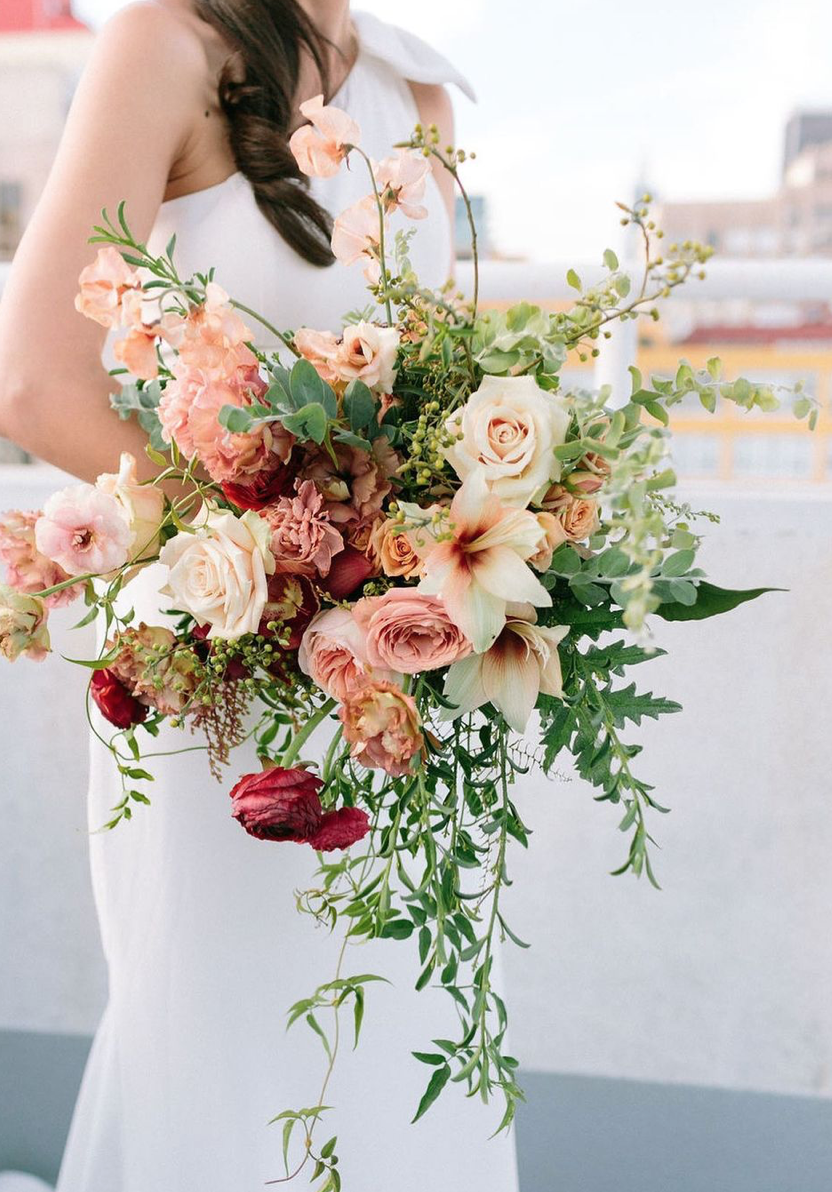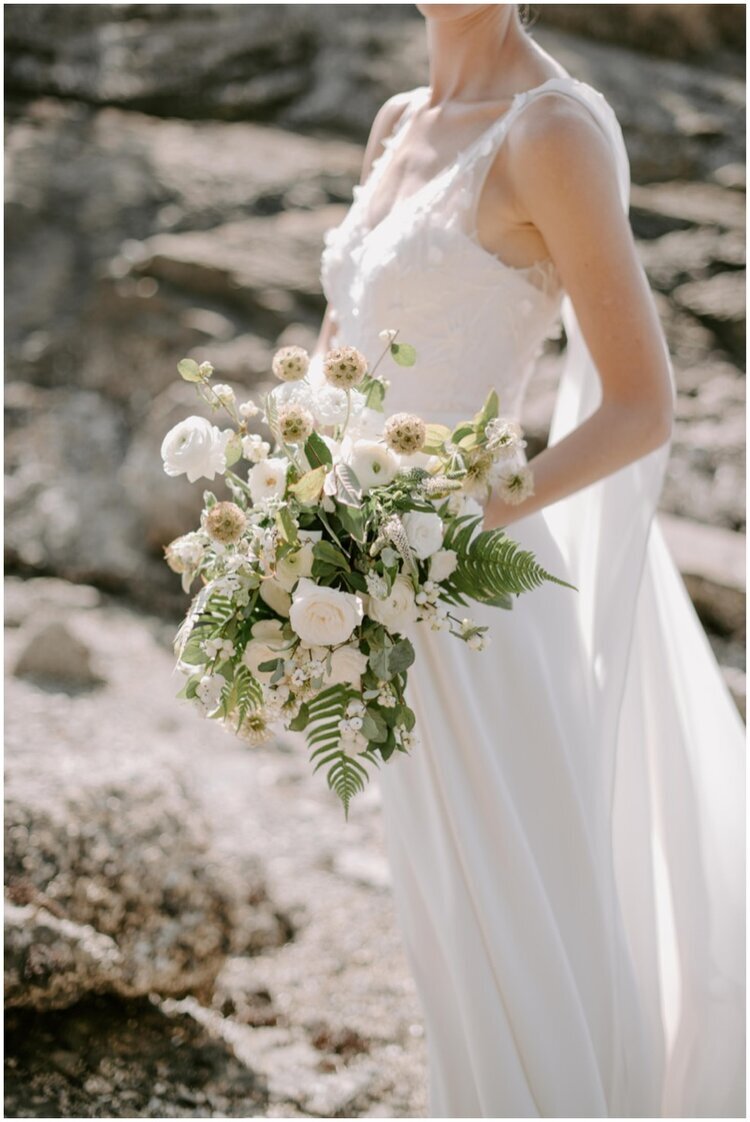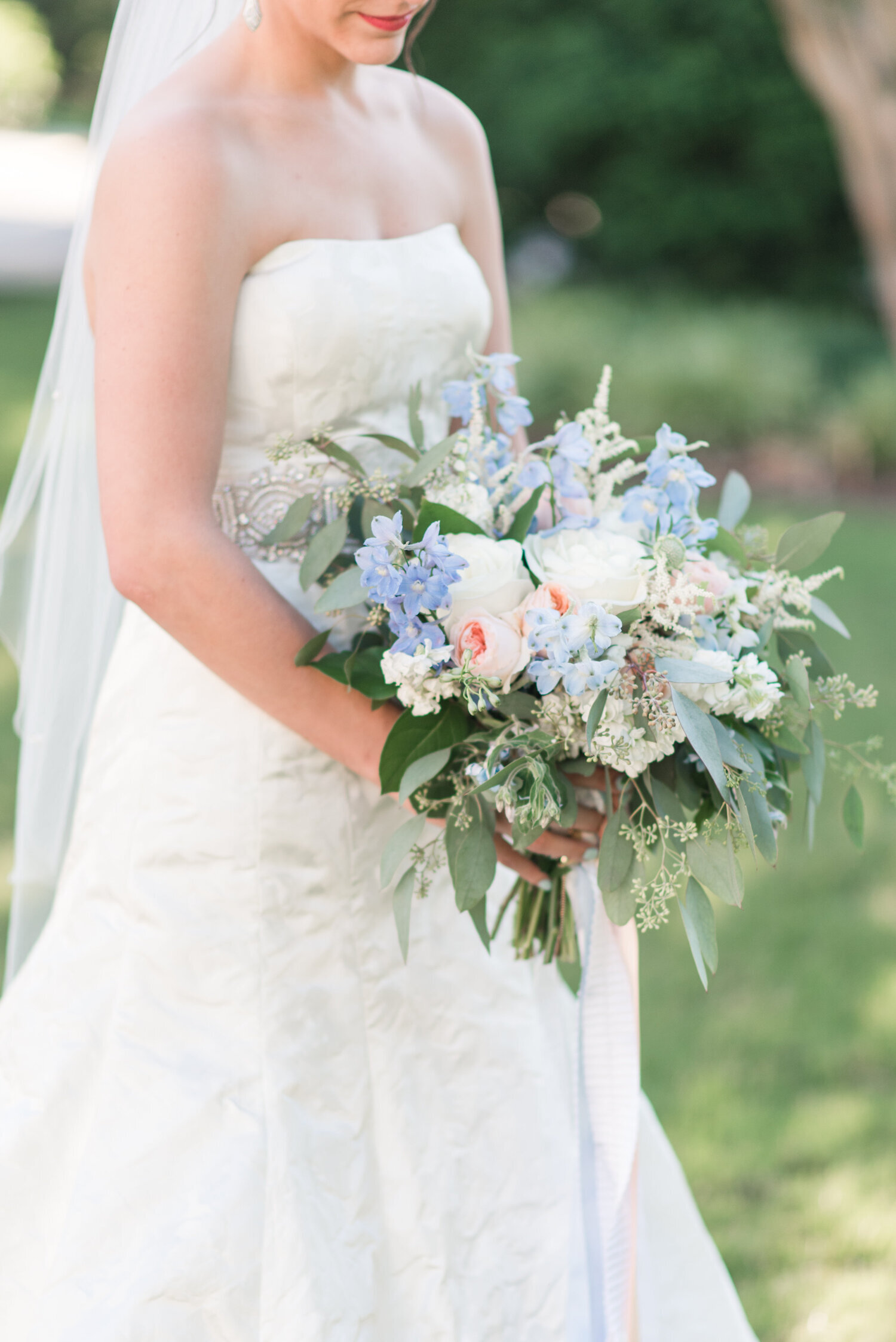Hey, flower farmers! It’s Scott here, and I’m excited to share some key takeaways from the latest episode of The Flower Podcast with Adrianne Gammie and Amelia Ihlo. Adrianne shares her experience evaluating her own flower crops while Amelia brings insights from the data collected through Rooted Farmers, offering a broader industry perspective. We covered so much ground in this conversation, especially when it comes to understanding the data behind your flower business and using it to guide your growing decisions.
Whether you're new to flower farming or you're a seasoned pro, the insights they shared are invaluable. I’ve gone ahead and pulled out some of the most important points I think we can all benefit from. Let’s dive in! Check out our entire conversation below or listen on your favorite podcast platform. Also, Use the code TFP25 at Rooted Farmers and receive $75.00 off any individual plan (Essential or Pro) and take advantage of amazing tools to better connect with your clients and grow your business!
All images courtesy of Marilla Field & Flora
Know Your Market: Let Your Customers Lead the Way
One of the things Adrianne and Amelia emphasized that really struck me is how crucial it is to understand who your customers are. It’s easy to get lost in the excitement of trying out new varieties or chasing trends, but your customers should really be the ones guiding your decisions on what to grow.
As Adrianne put it, “Your customer will guide you in choosing what to grow.” This really hit home for me. We all want to grow beautiful, unique flowers, but we have to remember that what we grow should be shaped by the needs and preferences of the people who buy from us. Take the time to ask them what they want—whether it’s a specific color, flower variety, or a different growing practice.
The Power of Data: Trust Your Numbers, Not Your Memory
One of the most important points Adrianne and Amelia made was about how much data we need to collect and analyze. “You get out of it what you put into it,” they said. If you’re not tracking things like sales, flower varieties, and colors, then you’re really missing an opportunity to make informed decisions. I know it’s tempting to rely on memory or gut feeling, but numbers don’t lie. Take the time to dive into your sales data, understand what’s selling well, and make adjustments based on the hard facts. It’s not about guessing or remembering what worked last year—it’s about looking at what’s actually happening right now.
Color Trends: Cyclical, Yet Timeless Favorites
When it comes to color, trends do shift, but some shades will always have staying power. White, for example, remains a favorite year after year, particularly for weddings and other events where its timeless elegance shines. While some colors may be cyclical, certain shades will always dominate due to customer preferences. As they pointed out, white, green, and pink are the top three most popular colors that consistently sell well.
In addition, new colors emerge as trends, with apricot, cream, and coral becoming increasingly popular. Last year’s Pantone color of 2024, Peach Fuzz often influences the flower industry and undoubtedly had an impact on color trends last year. Pantone’s choices tend to resonate throughout various industries, and the floral world is no exception. It’s important to stay tuned to these trends, but also remember that your customers’ enduring favorites should always have some influence in your growing decisions.
Listening to Your Customers: The Power of Feedback
One piece of advice I can’t recommend enough is to ask your customers what they need. It’s easy to assume we know what they want, but we should be actively seeking their feedback. Surveying your customers regularly is an excellent way to stay in tune with their preferences and ensure you're meeting their needs.
And don’t just rely on online surveys—get out there and visit your customers in person. Seeing how your flowers are being used and hearing directly from the people who buy from you is incredibly valuable. It allows you to pick up on things you might have missed otherwise and helps you adjust quickly to any changes in demand.
Growth Areas to Watch: Cultivars and Perennials
Another trend pointed out was the increased interest in a wider variety of cultivars within several popular genera. Customers are looking for fresh varieties, which means there's an opportunity for flower farmers to offer something unique that stands out in the market. Perennials also saw significant growth, with several perennial varieties ranking in the top 20. Visit the Rooted Farmers Blog for a list. By incorporating perennials into your farm, you can offer seasonal flowers that customers can rely on year after year.
Don’t Forget About Low Performers
It’s just as important to pay attention to your low performers as it is to focus on the things that are doing well. Not every flower you grow is going to be a hit every year. If you have flowers that aren’t pulling their weight, it might be time to consider replacing them with newer varieties or ones that are trending higher in the market.
Space Allocation Matters
Finally, remember to keep an eye on how much space you allocate to each crop. This is something I’ve learned the hard way! The amount of space you dedicate to each flower variety can have a huge impact on your numbers. Make sure you're not over-committing space to low-performing crops, and focus on those that offer the highest potential.
Wrapping Up
Overall, Adrianne and Amelia really made me think about how we can use data to make more informed, strategic decisions on our farms. By focusing on customer feedback, tracking our numbers, and staying up-to-date with trends, we can grow smarter and more sustainably.
So, don’t be afraid to dig into the numbers, talk to your customers, and stay flexible with your growing strategy. I hope these insights help you as much as they’ve helped me!
As always, keep growing, and I look forward to hearing how these tips help you thrive in your flower-growing journey.
Happy growing,
Scott
Take advantage of an exclusive offer from Rooted Farmers! Use the code TFP25 to get $75.00 off any individual plan(Essential or Pro). Rooted Farmers offers great features like streamlined invoicing, easy inventory tracking, and more tools to grow your business efficiently. Don’t miss out on this chance to simplify your processes and focus on what matters most—growing your flower farm!
